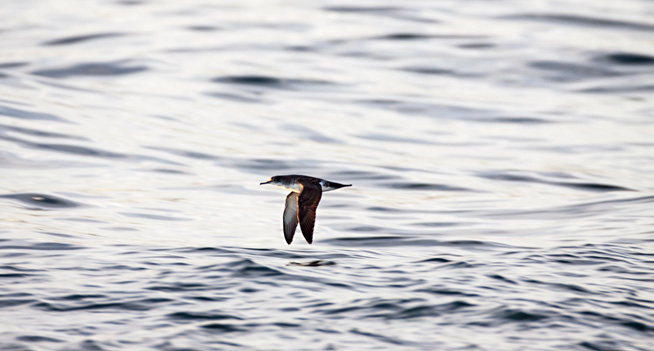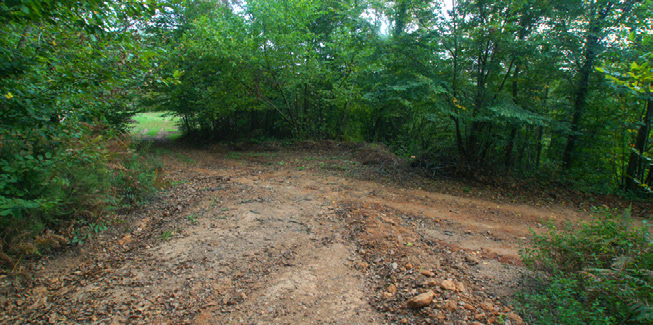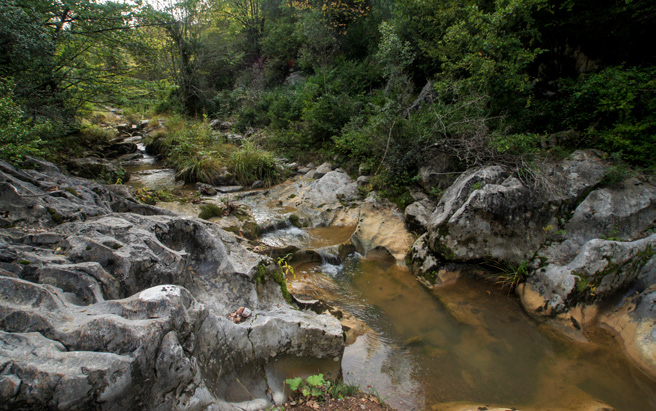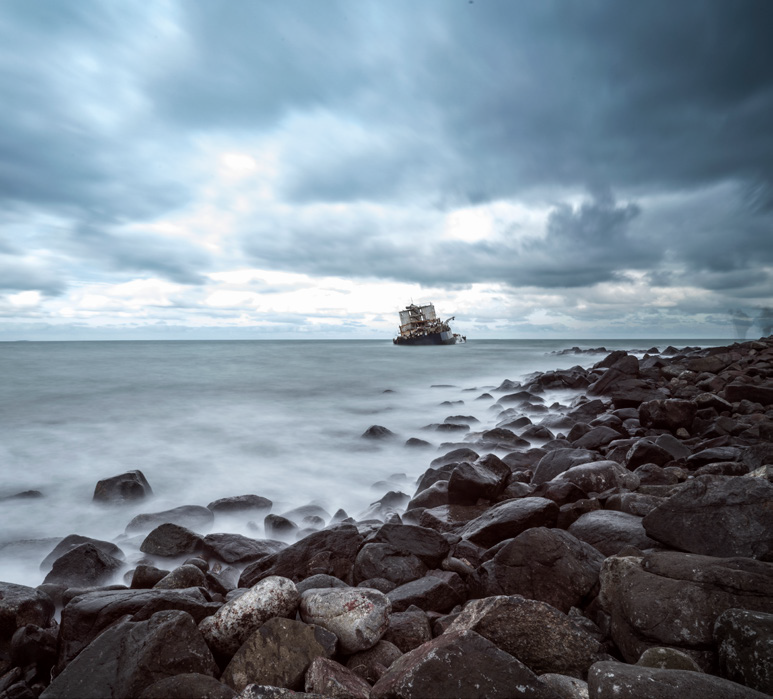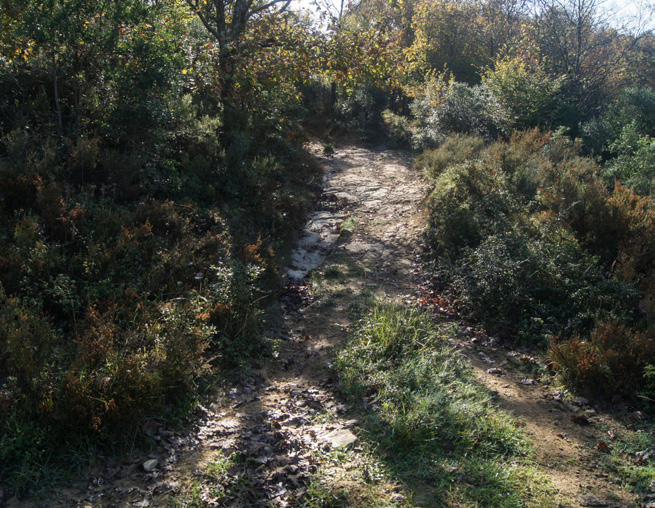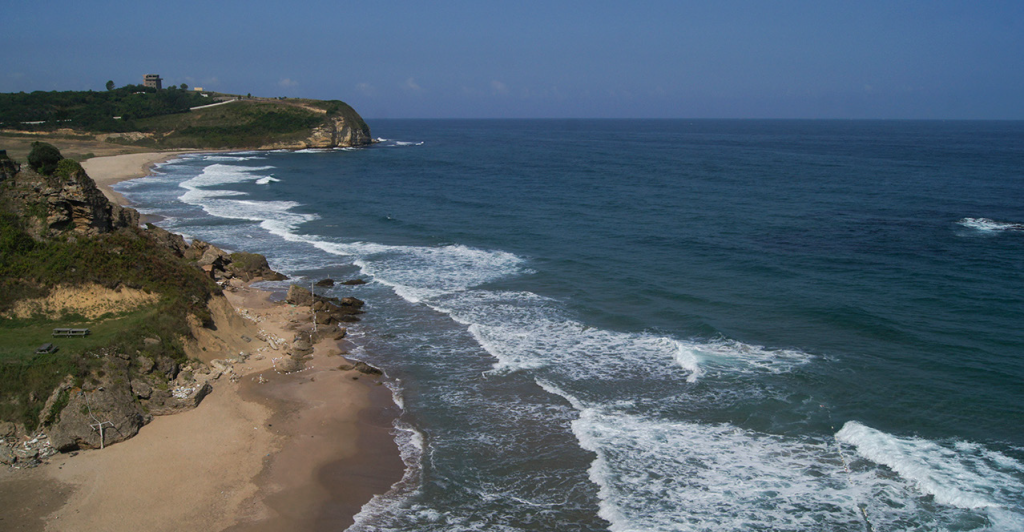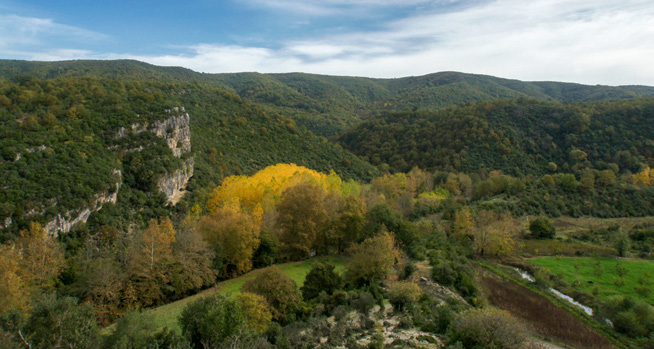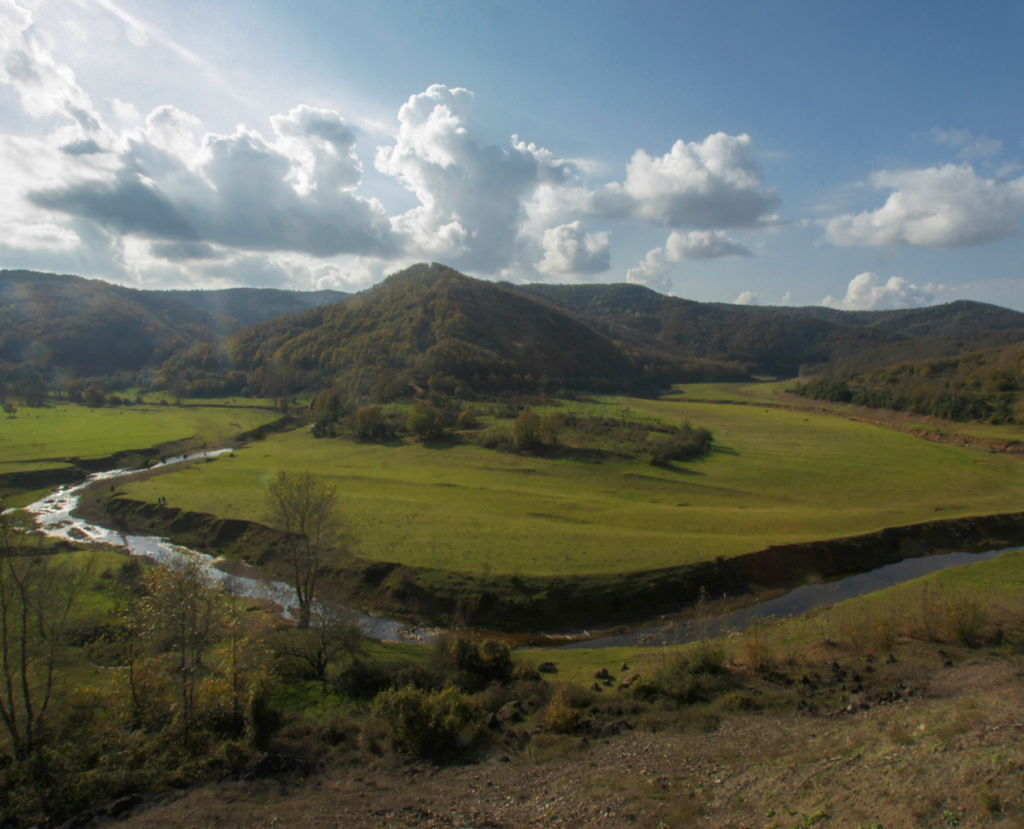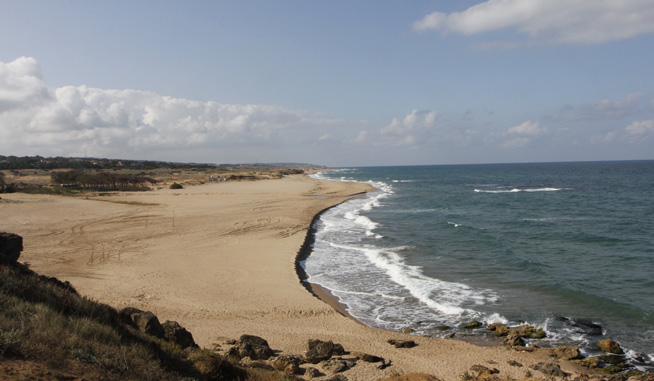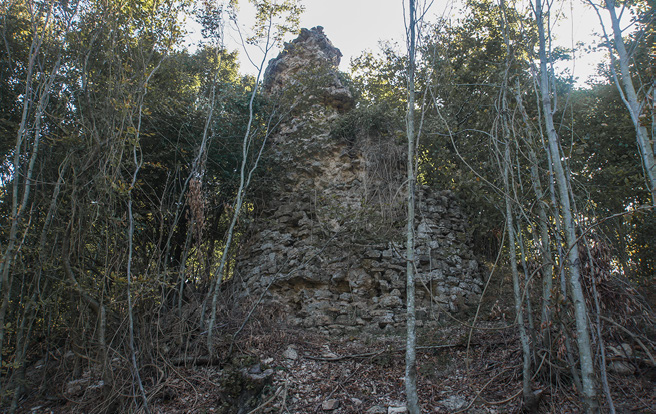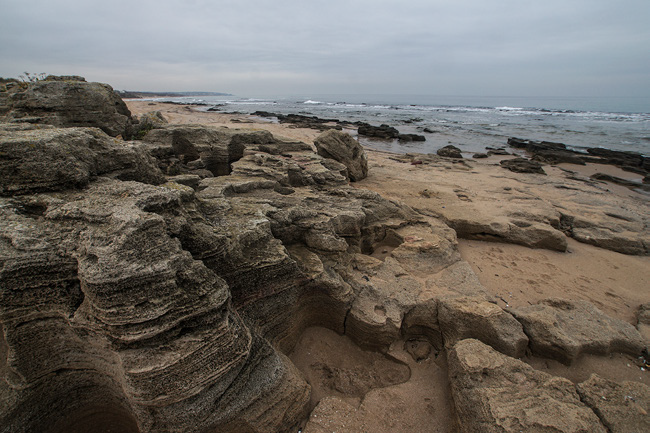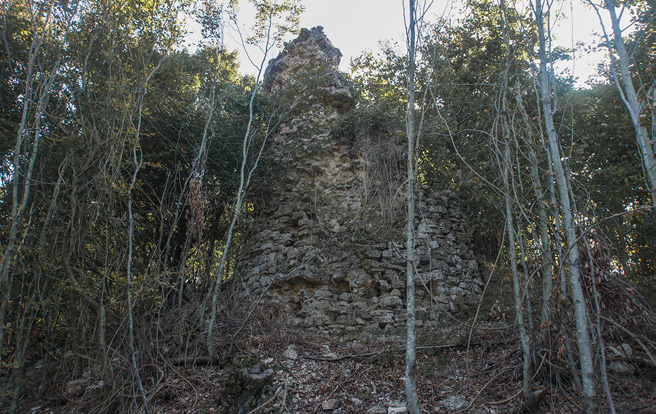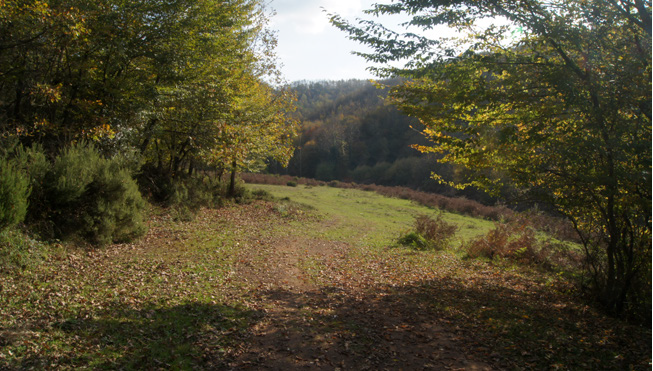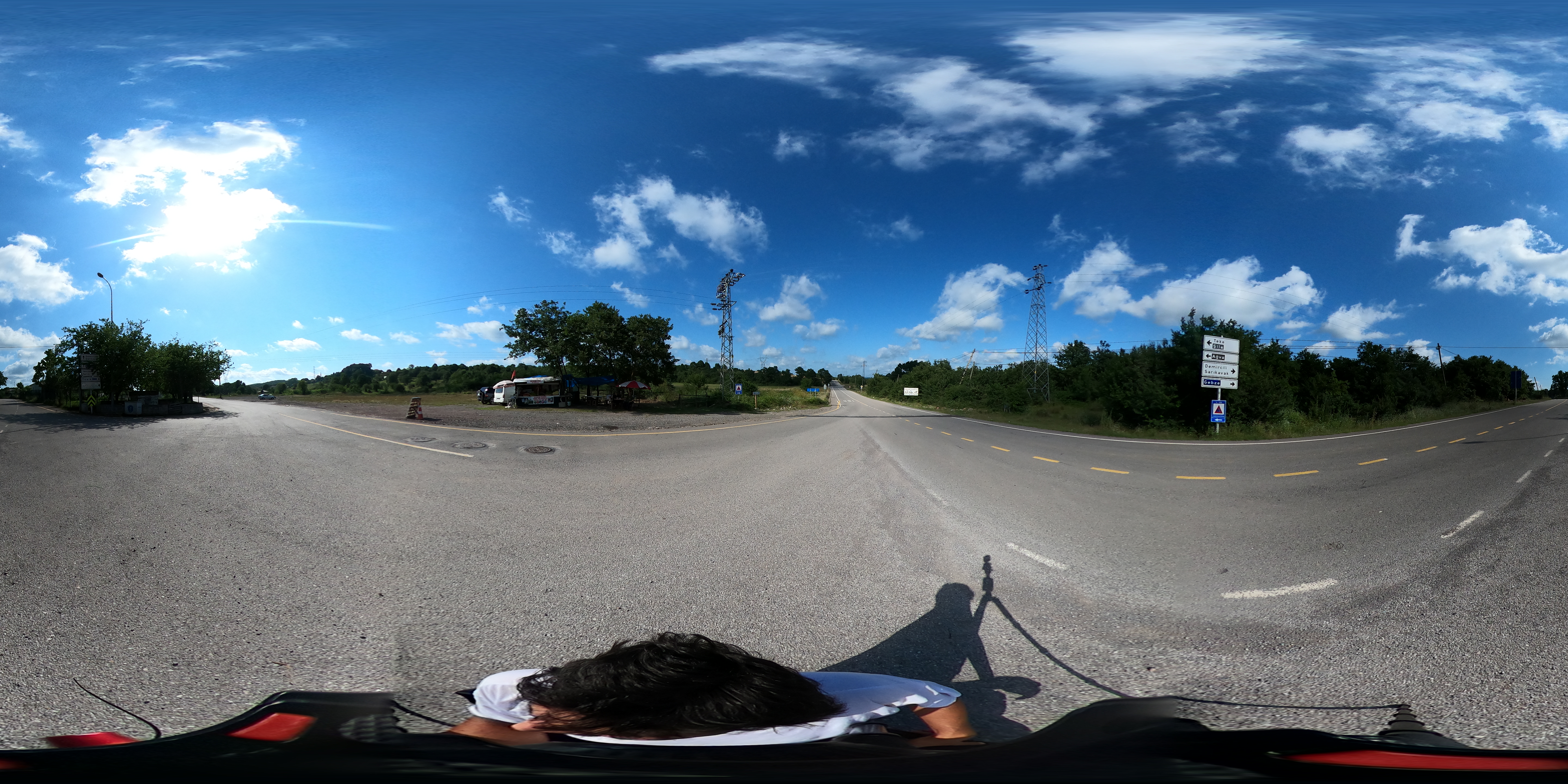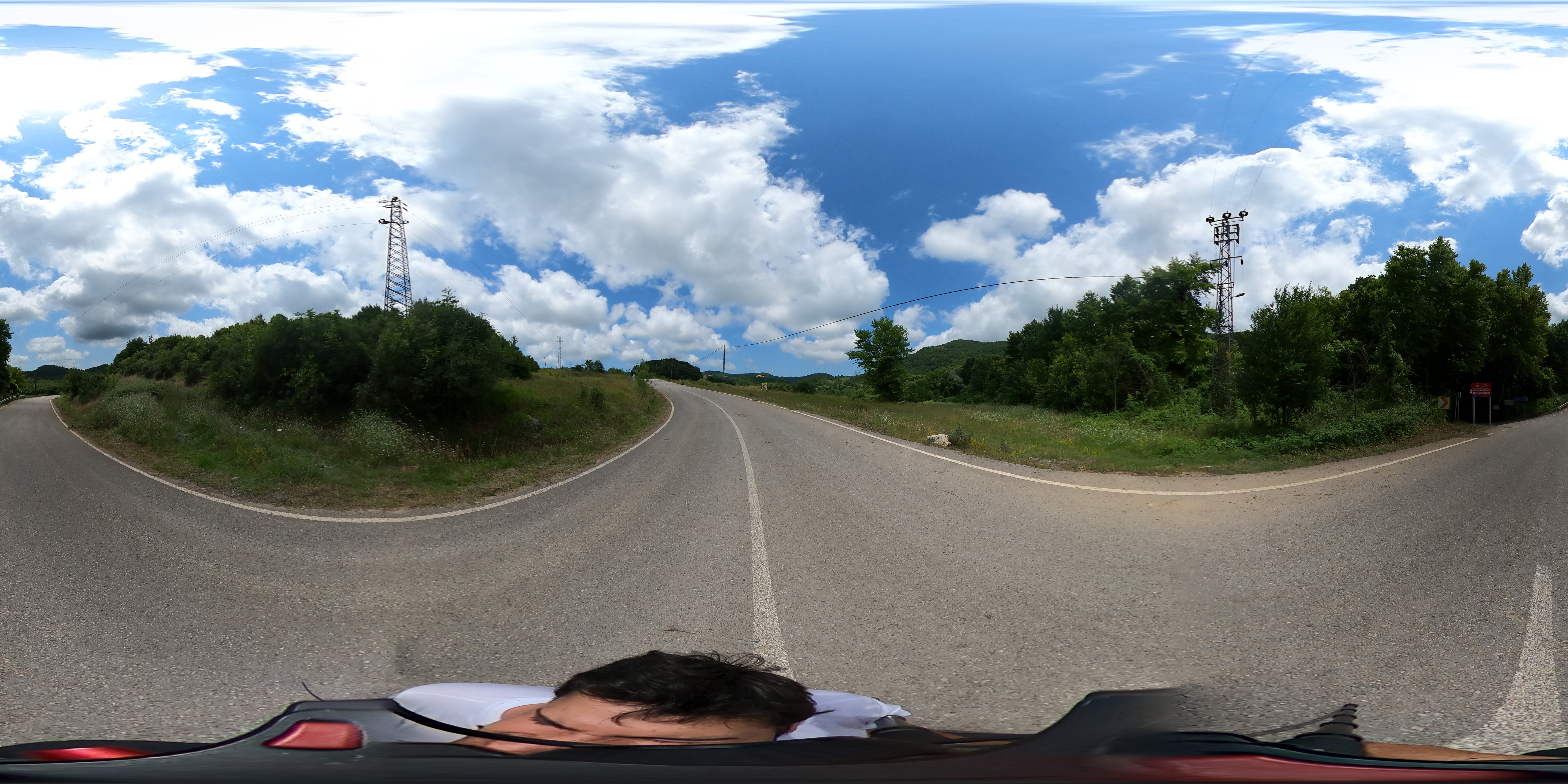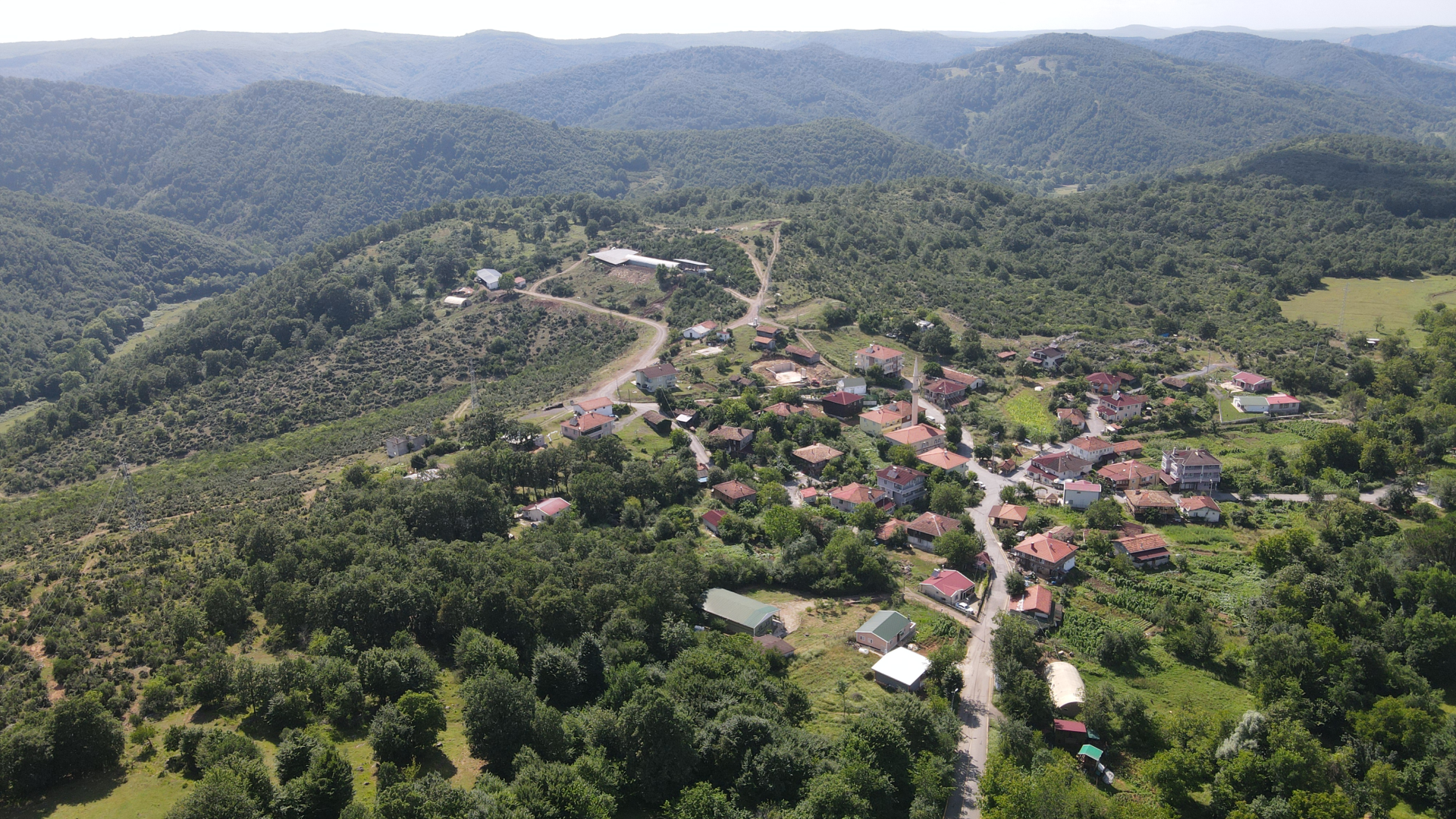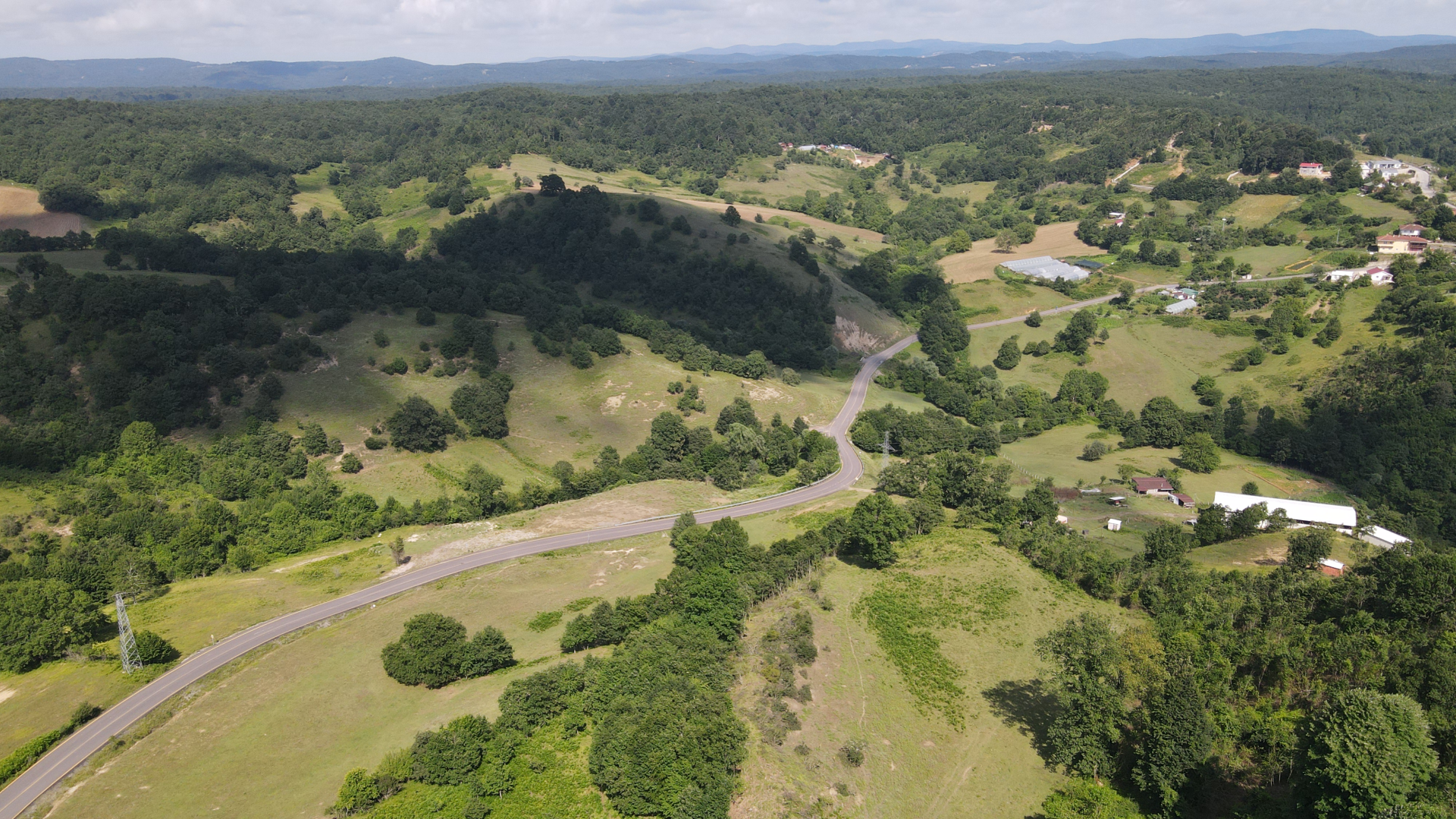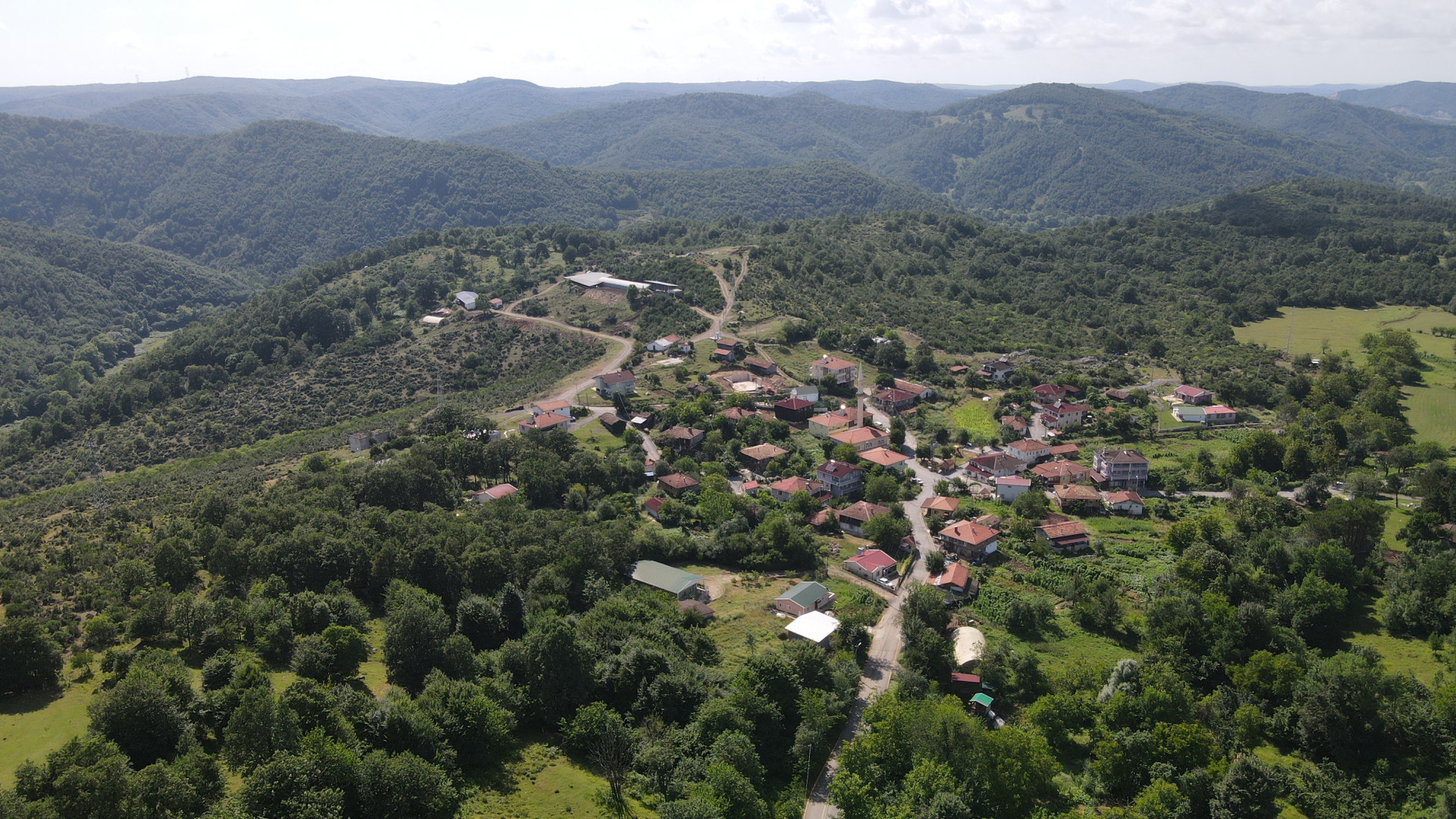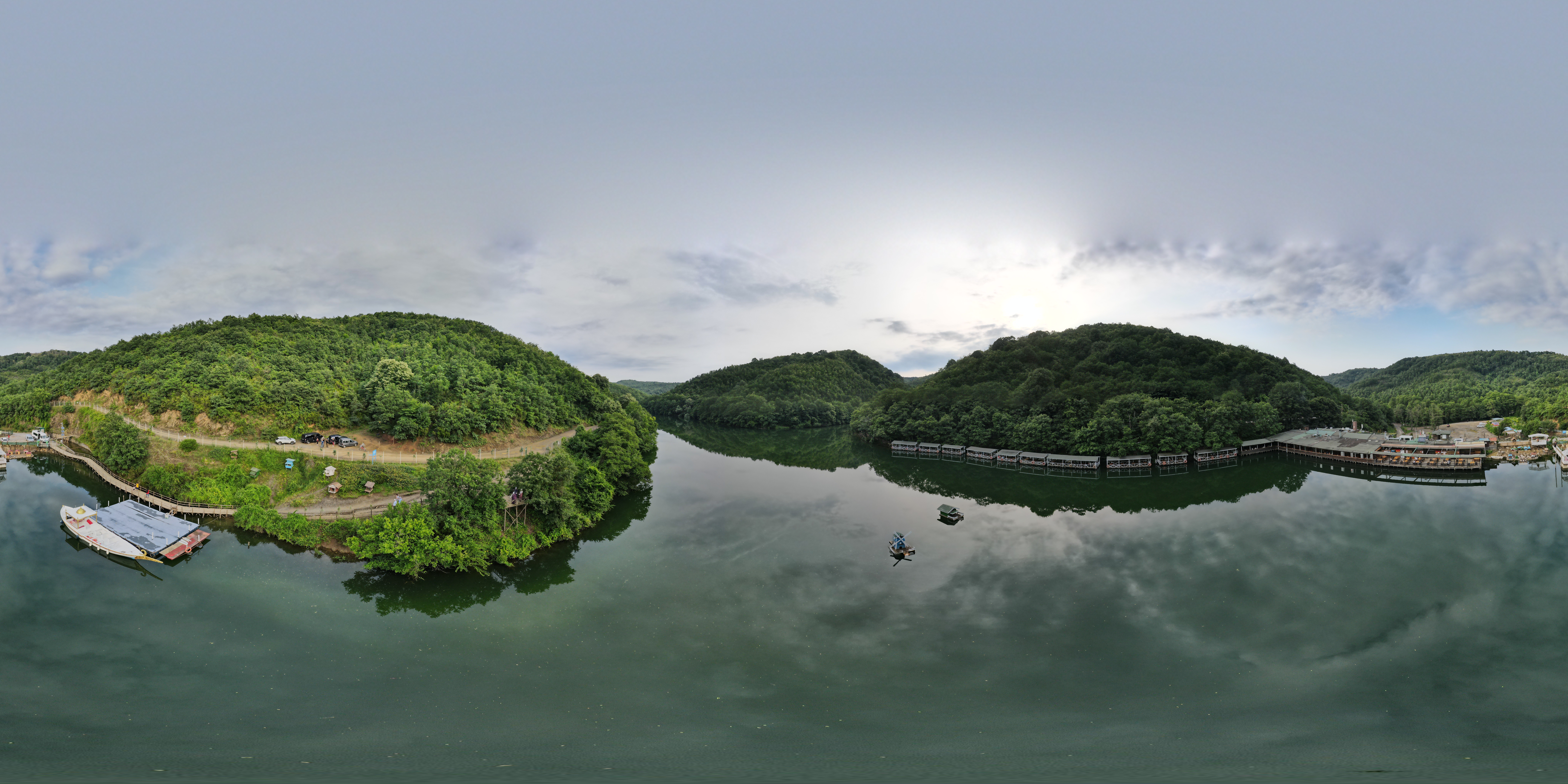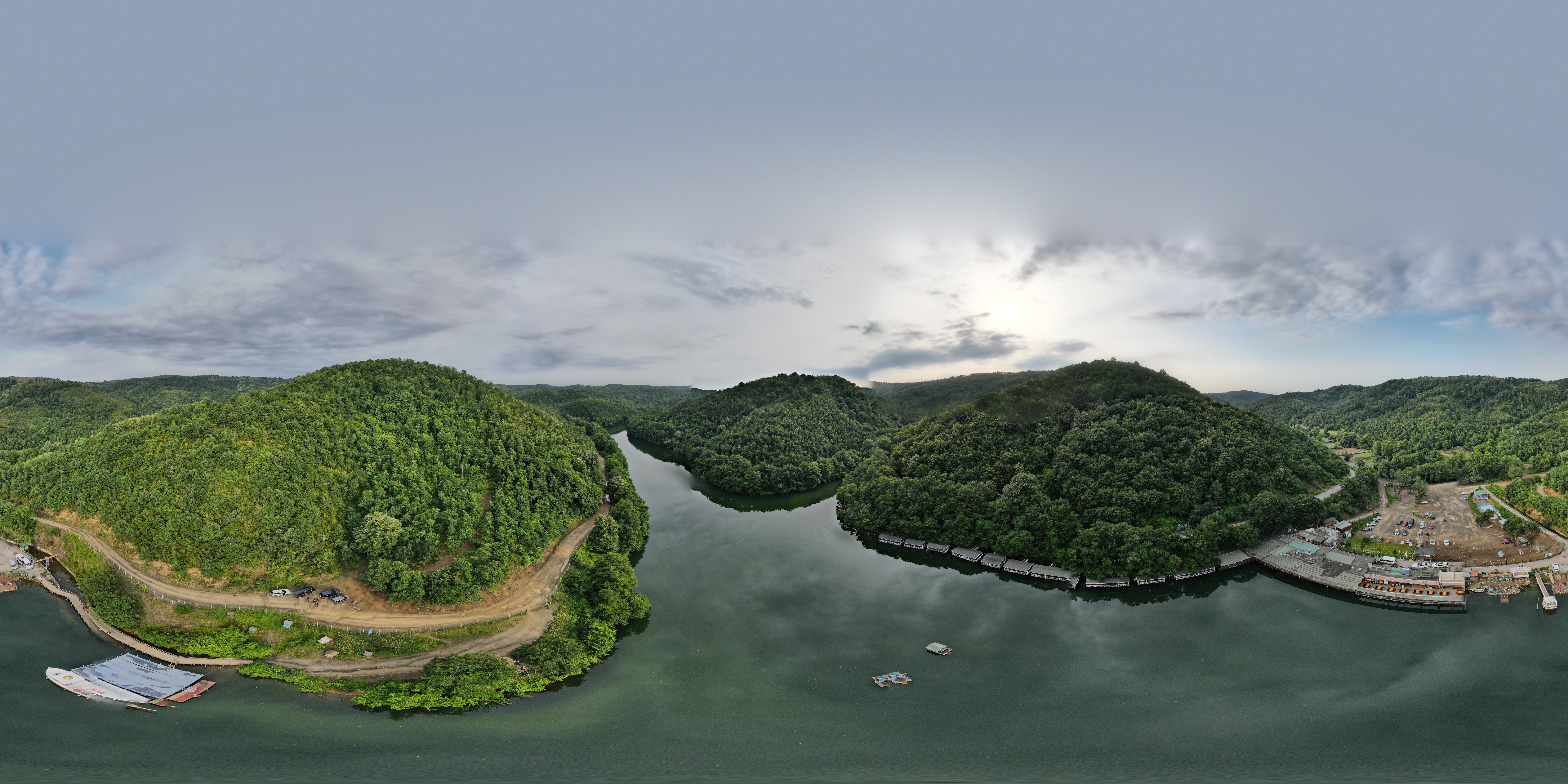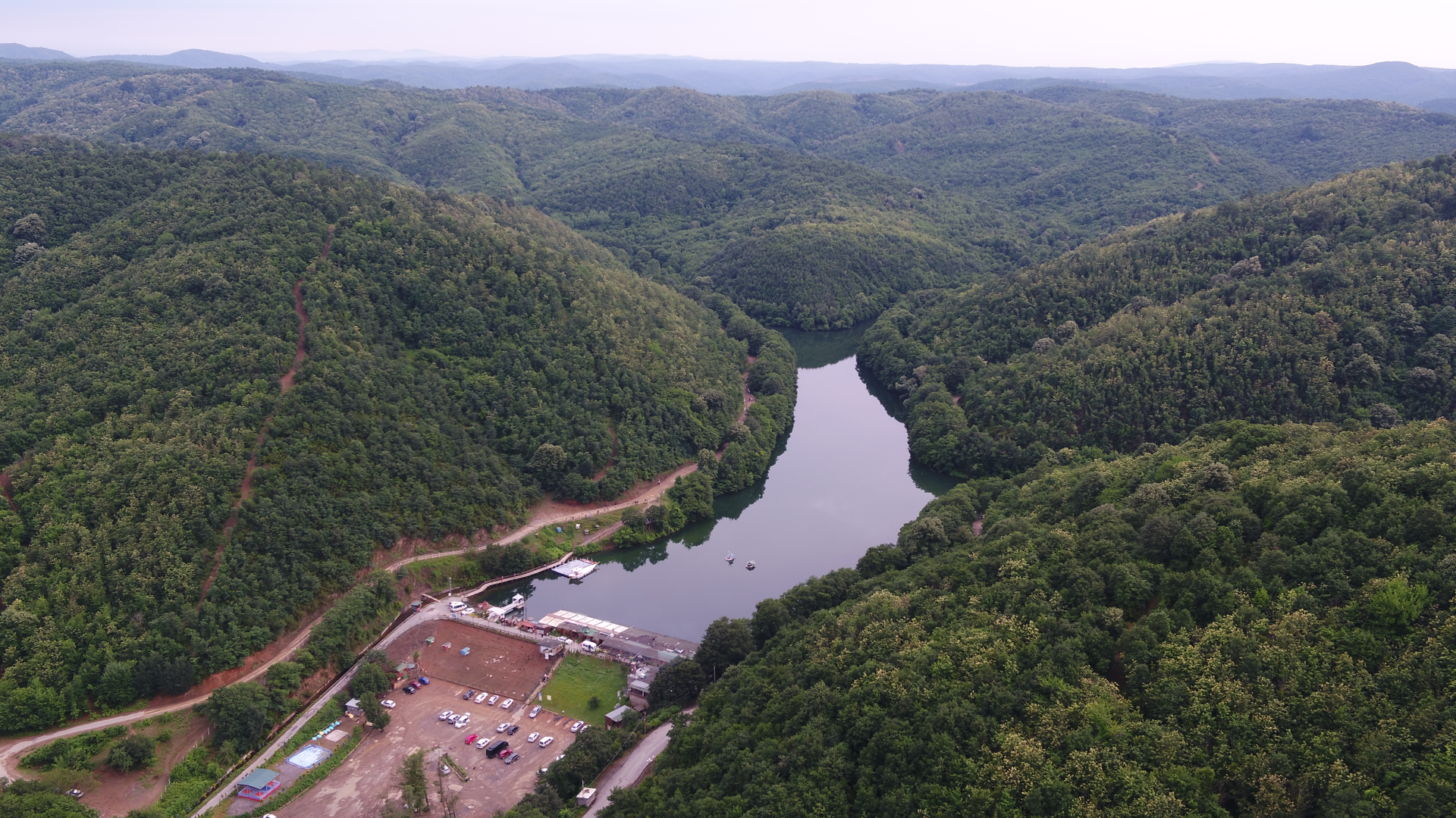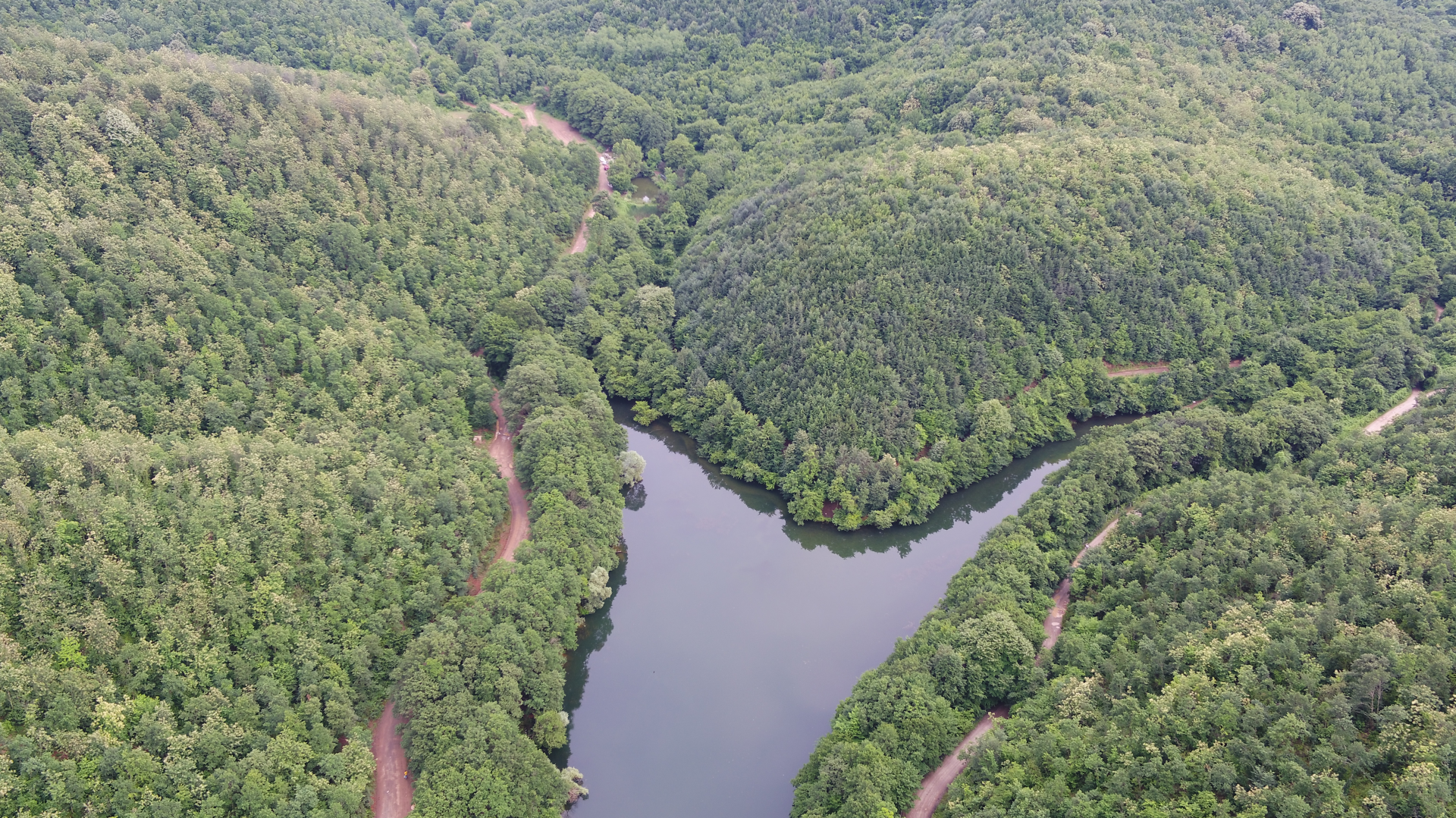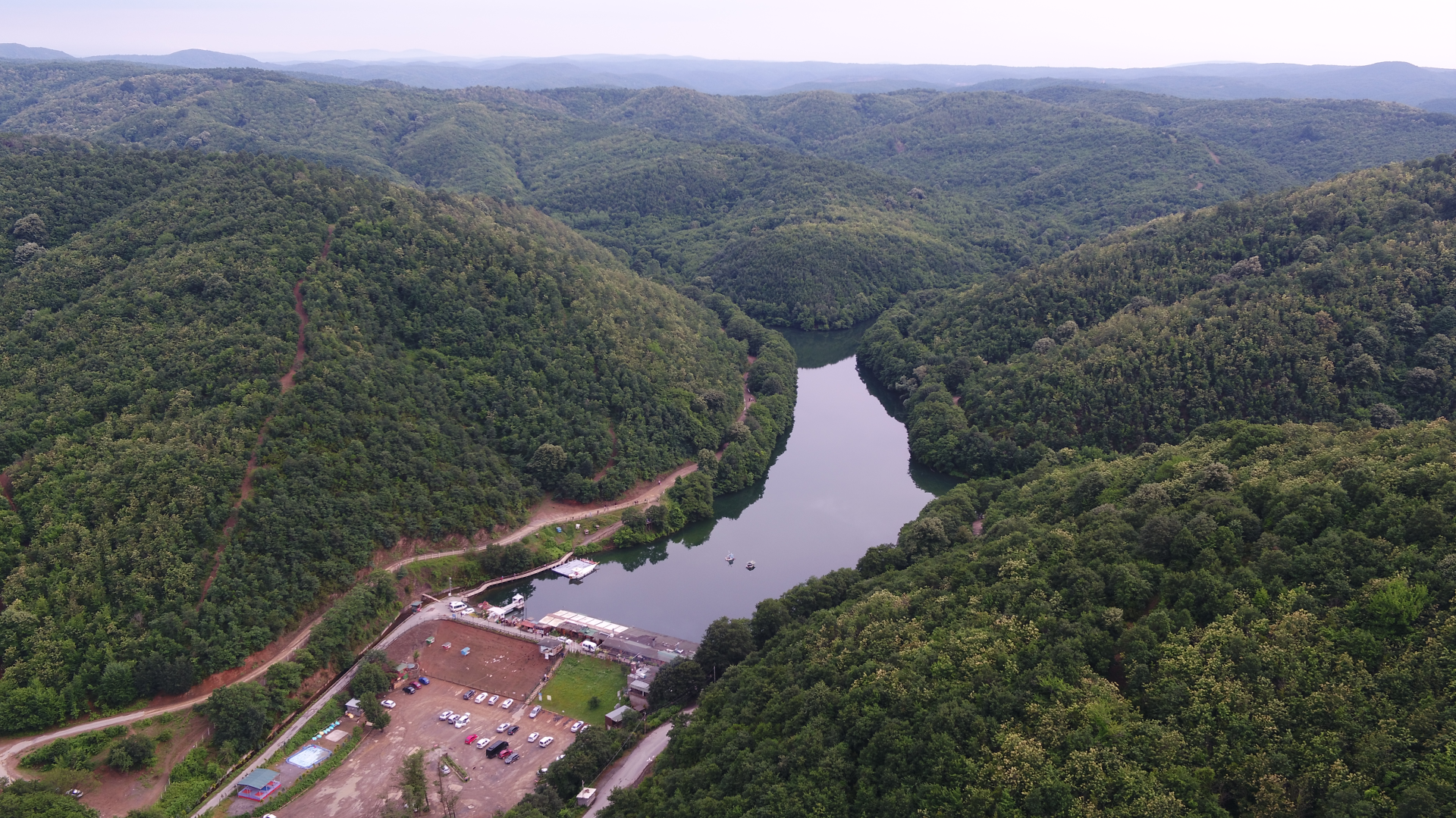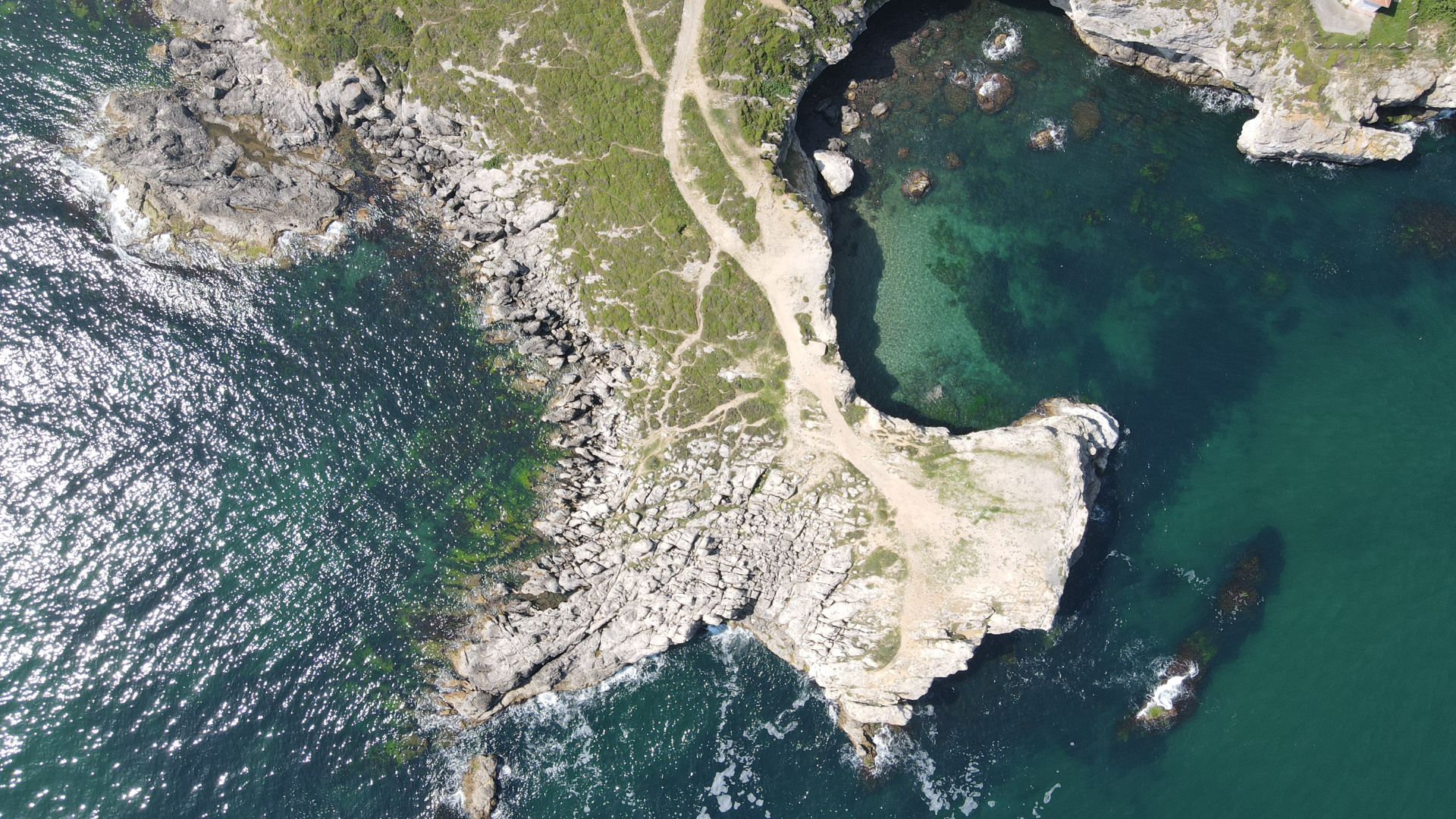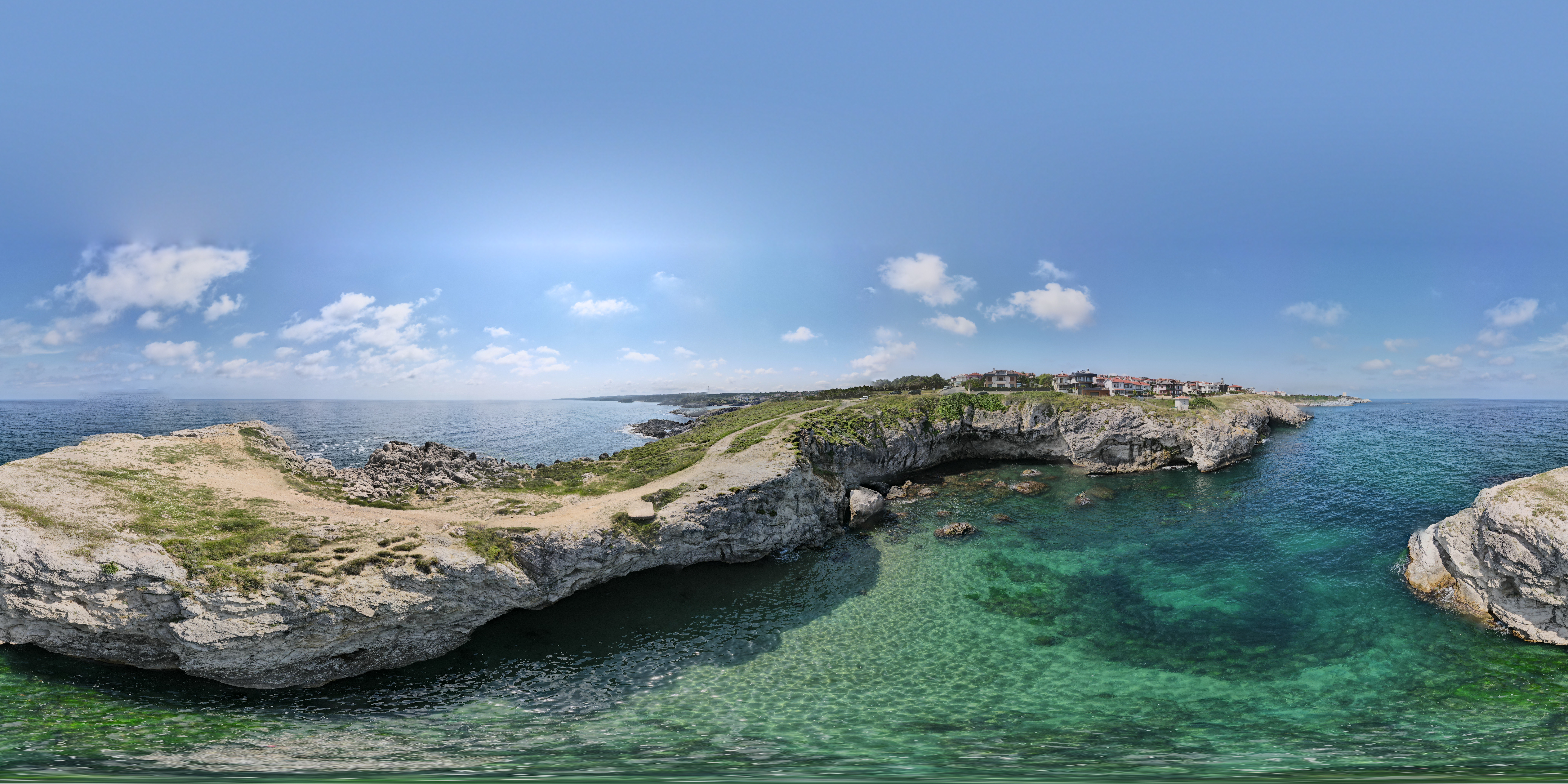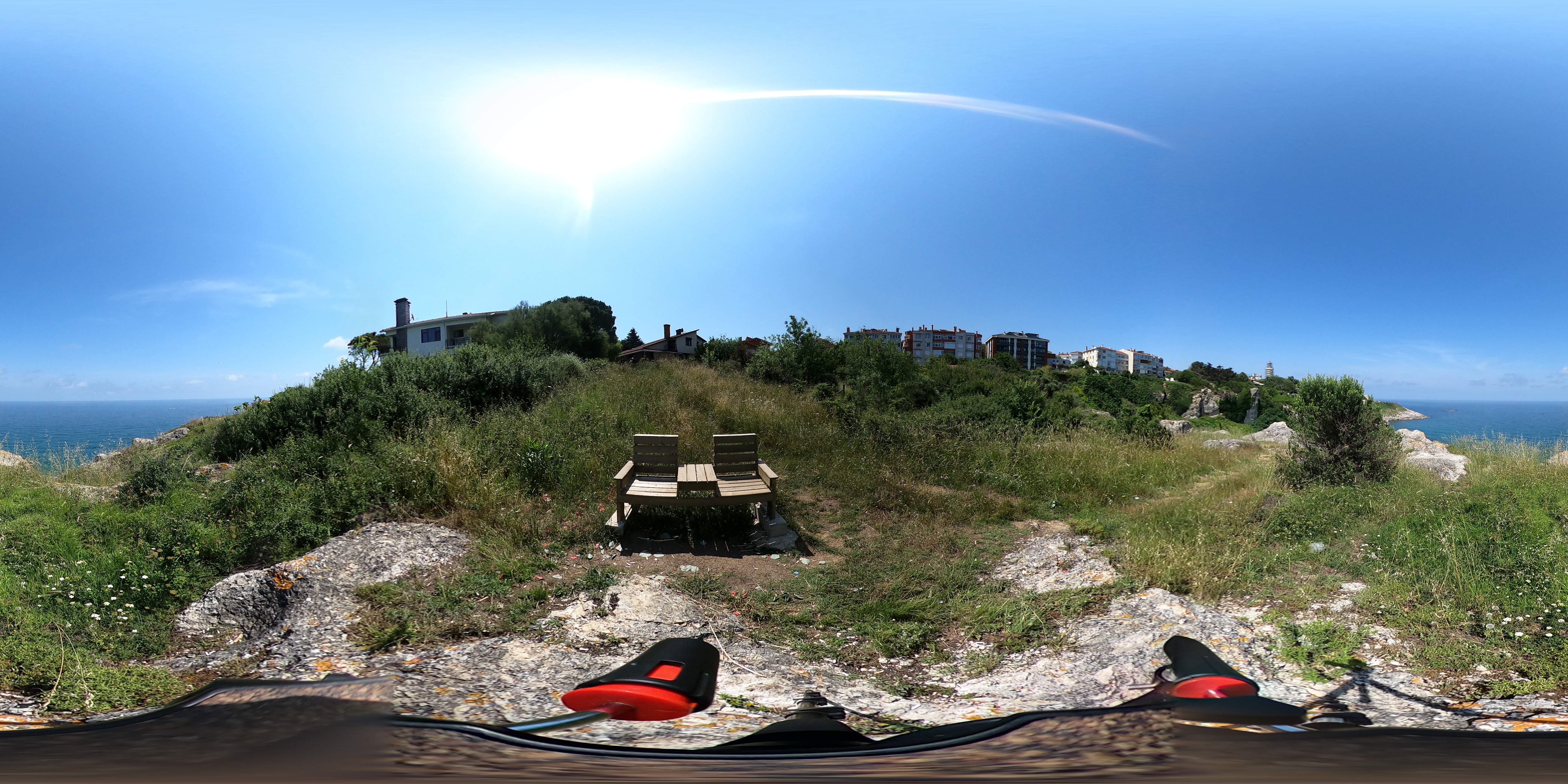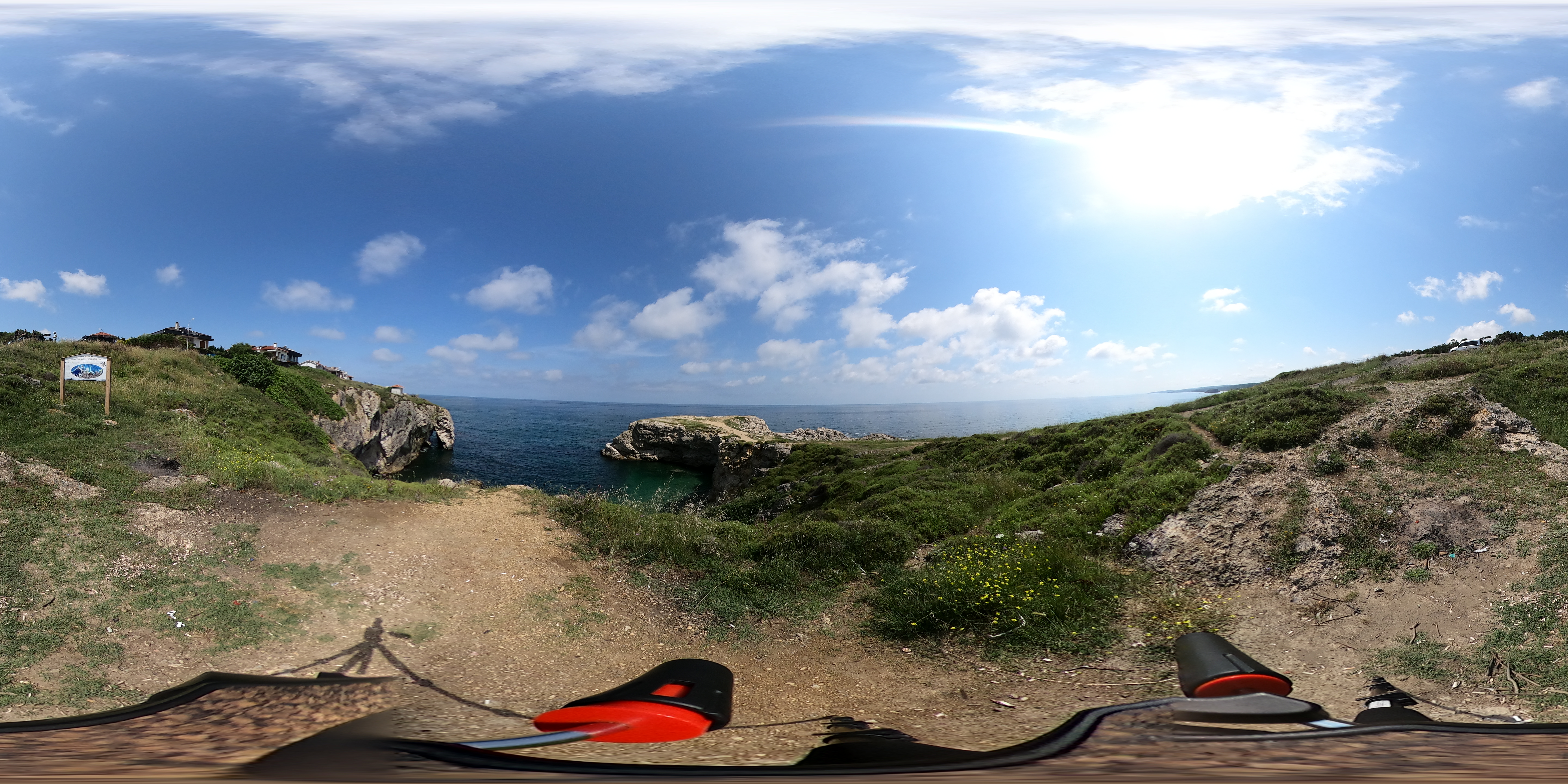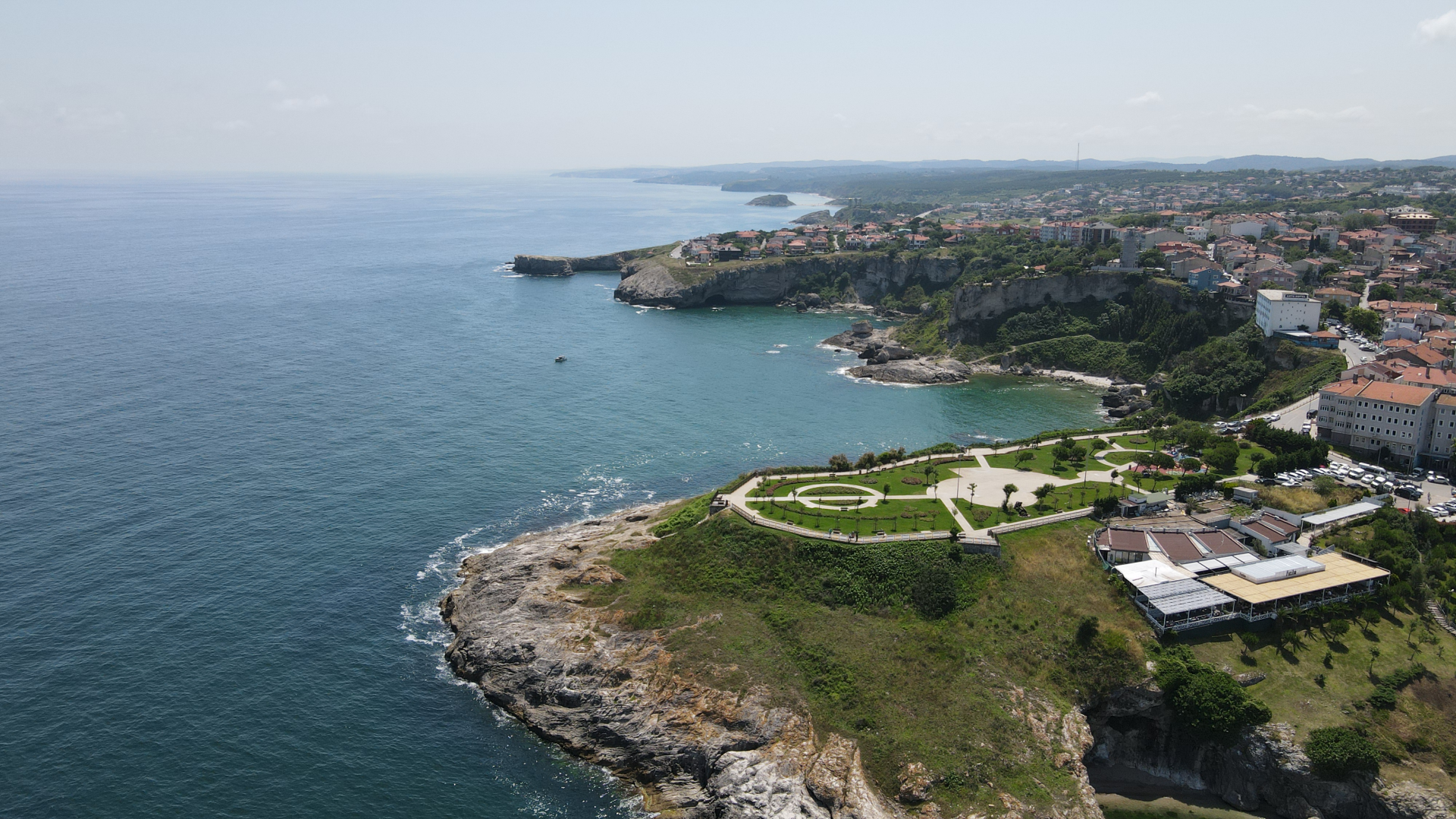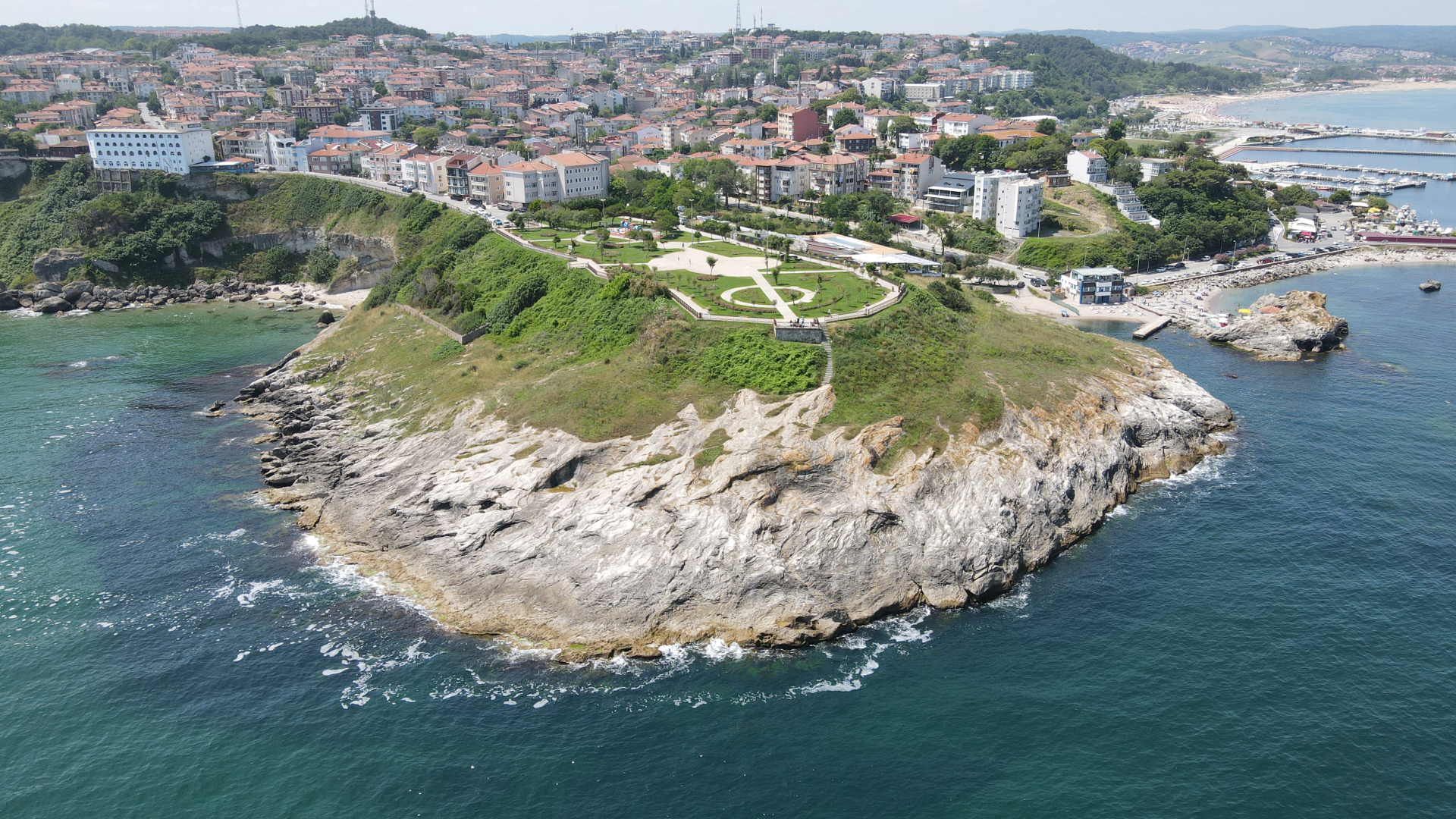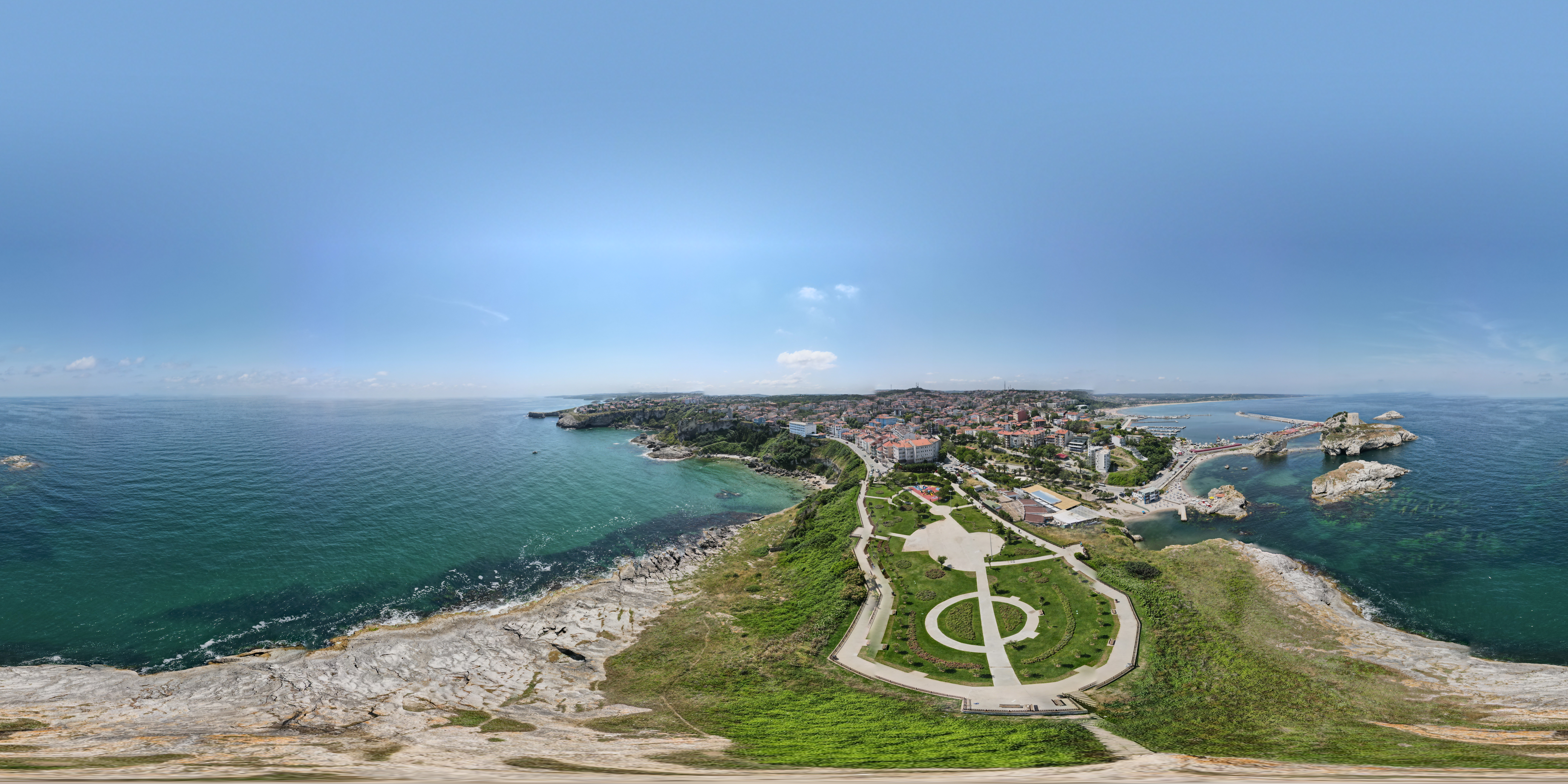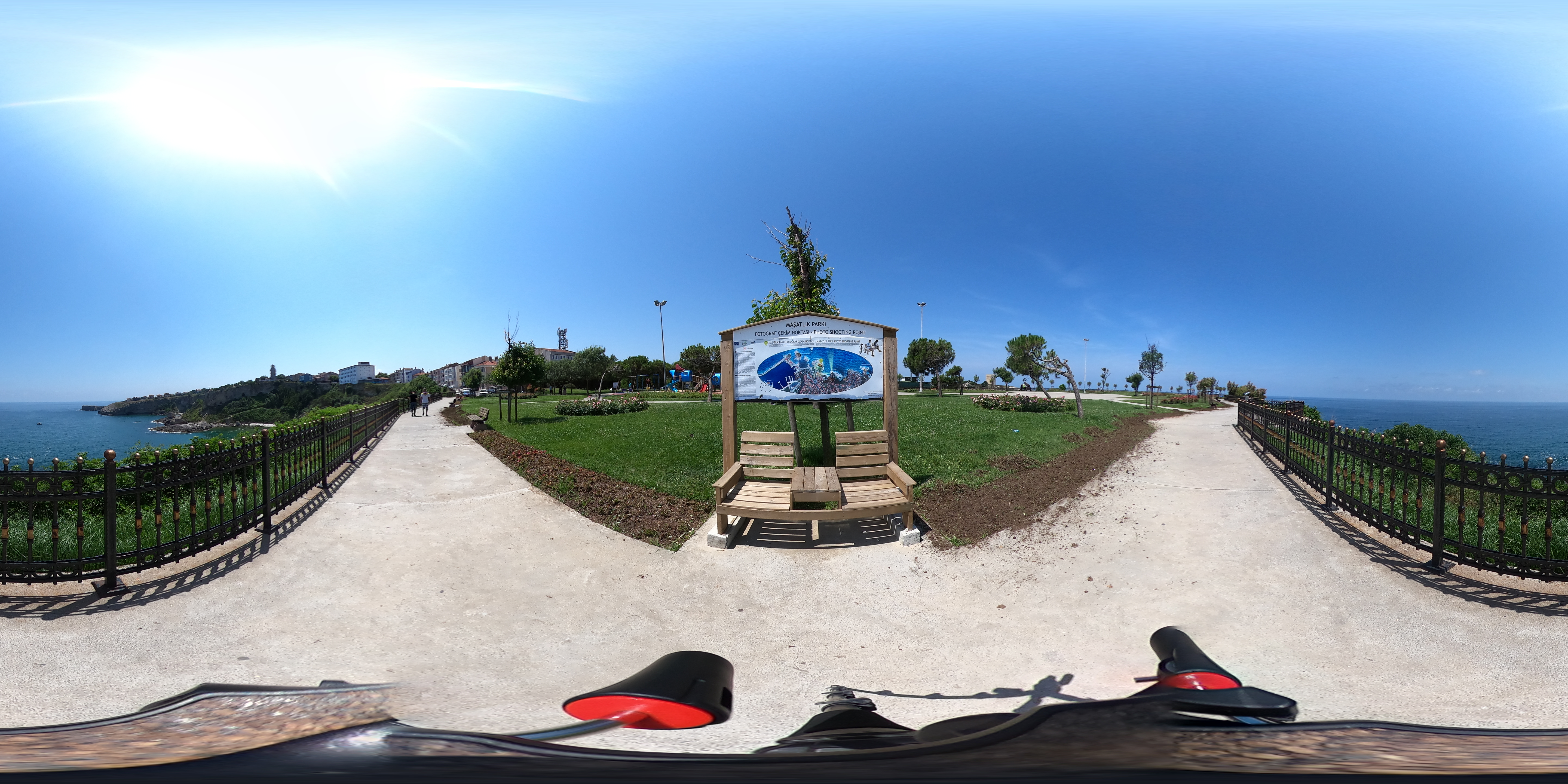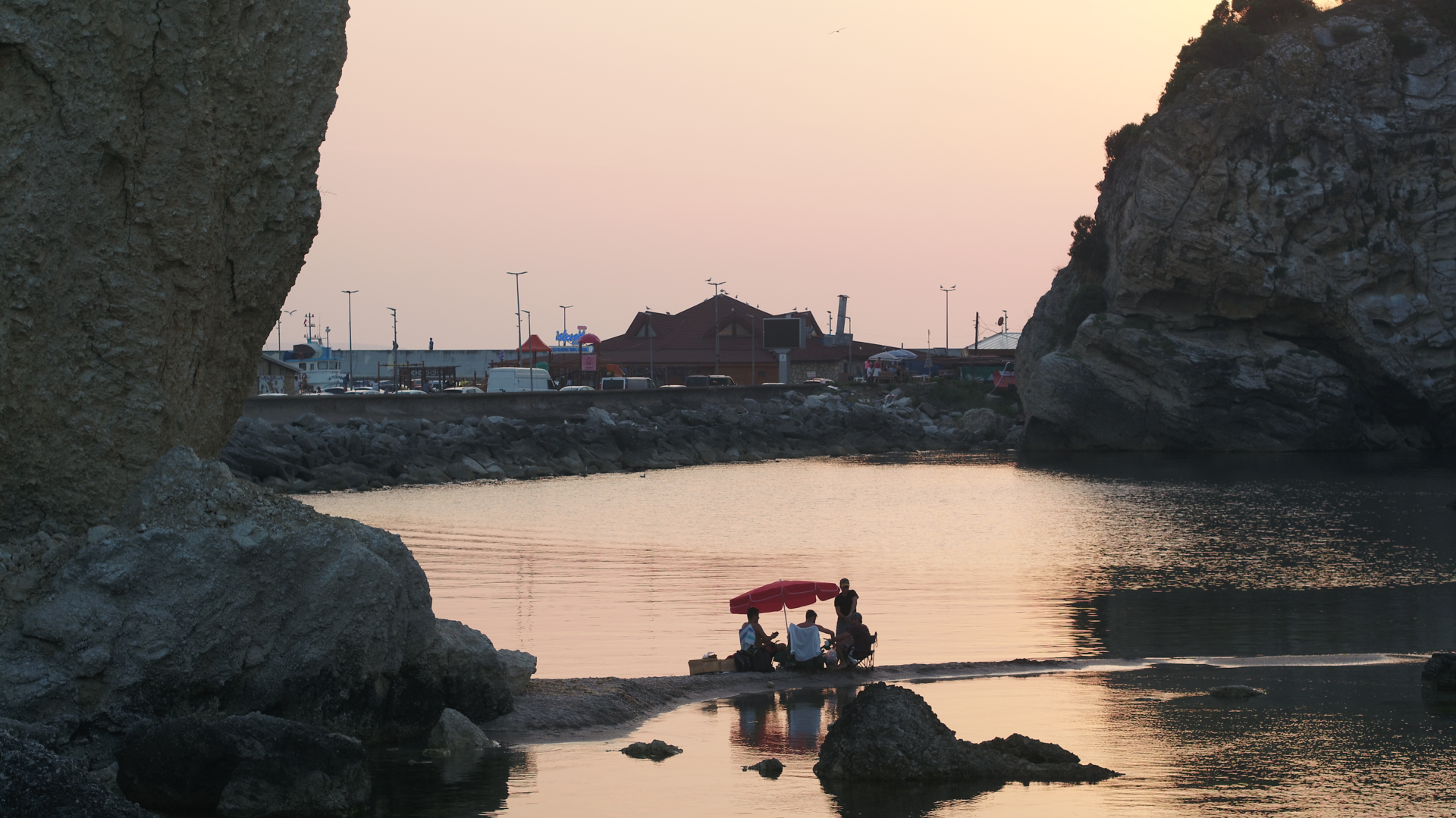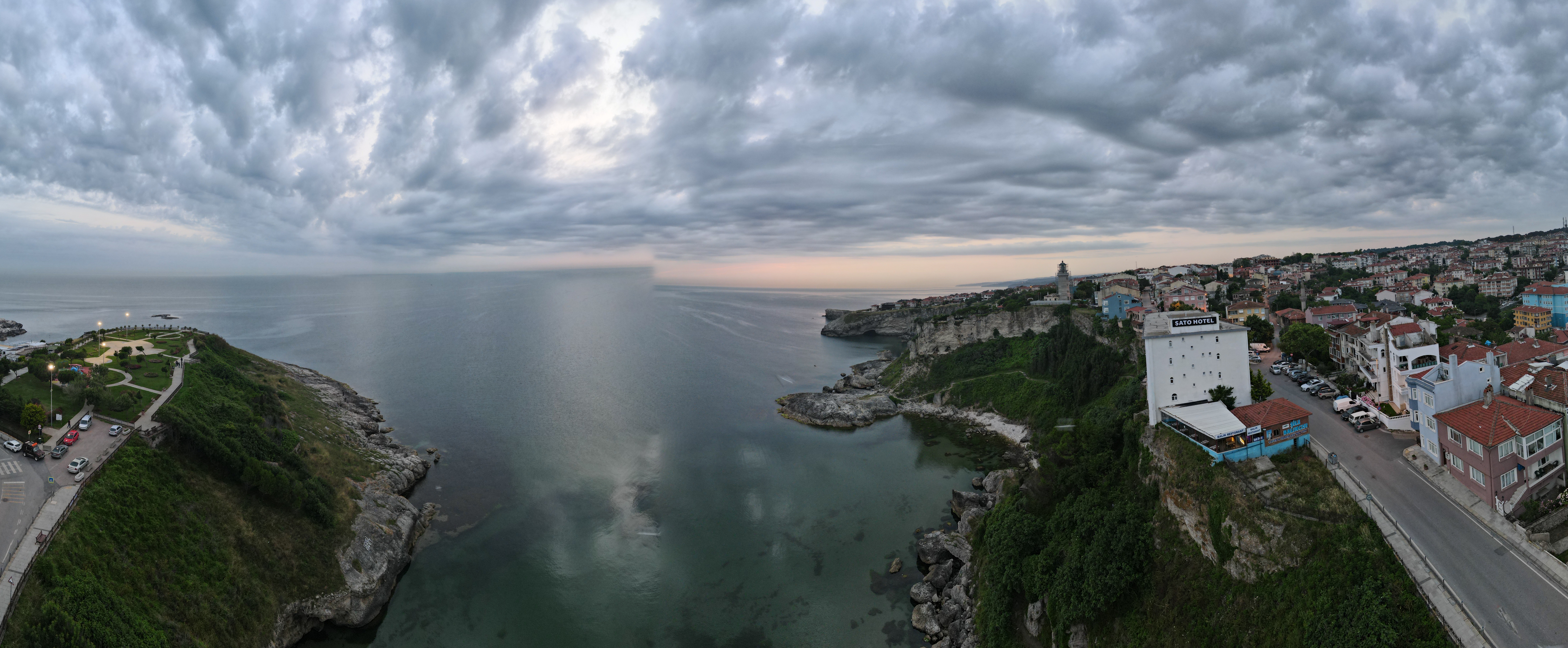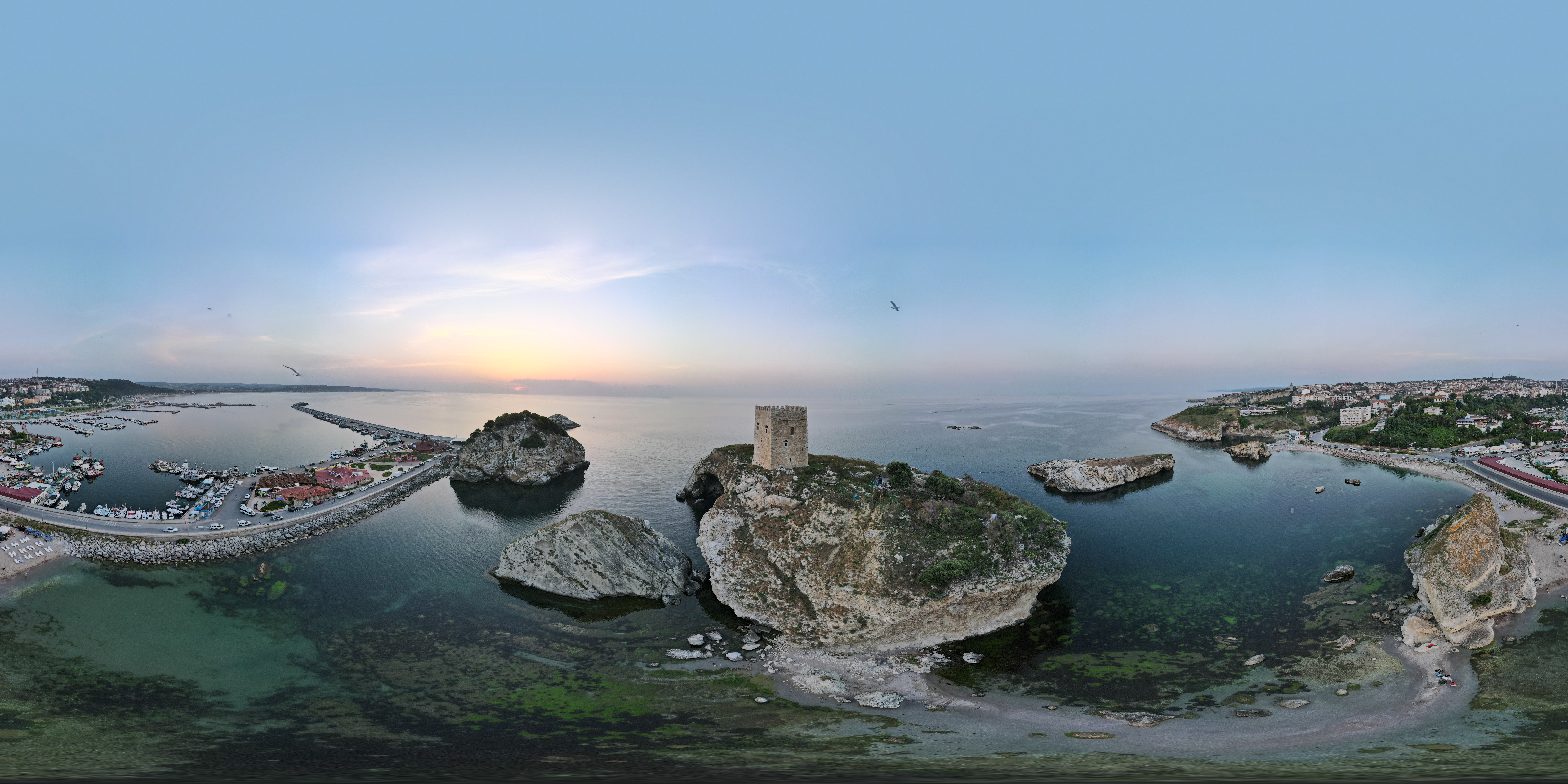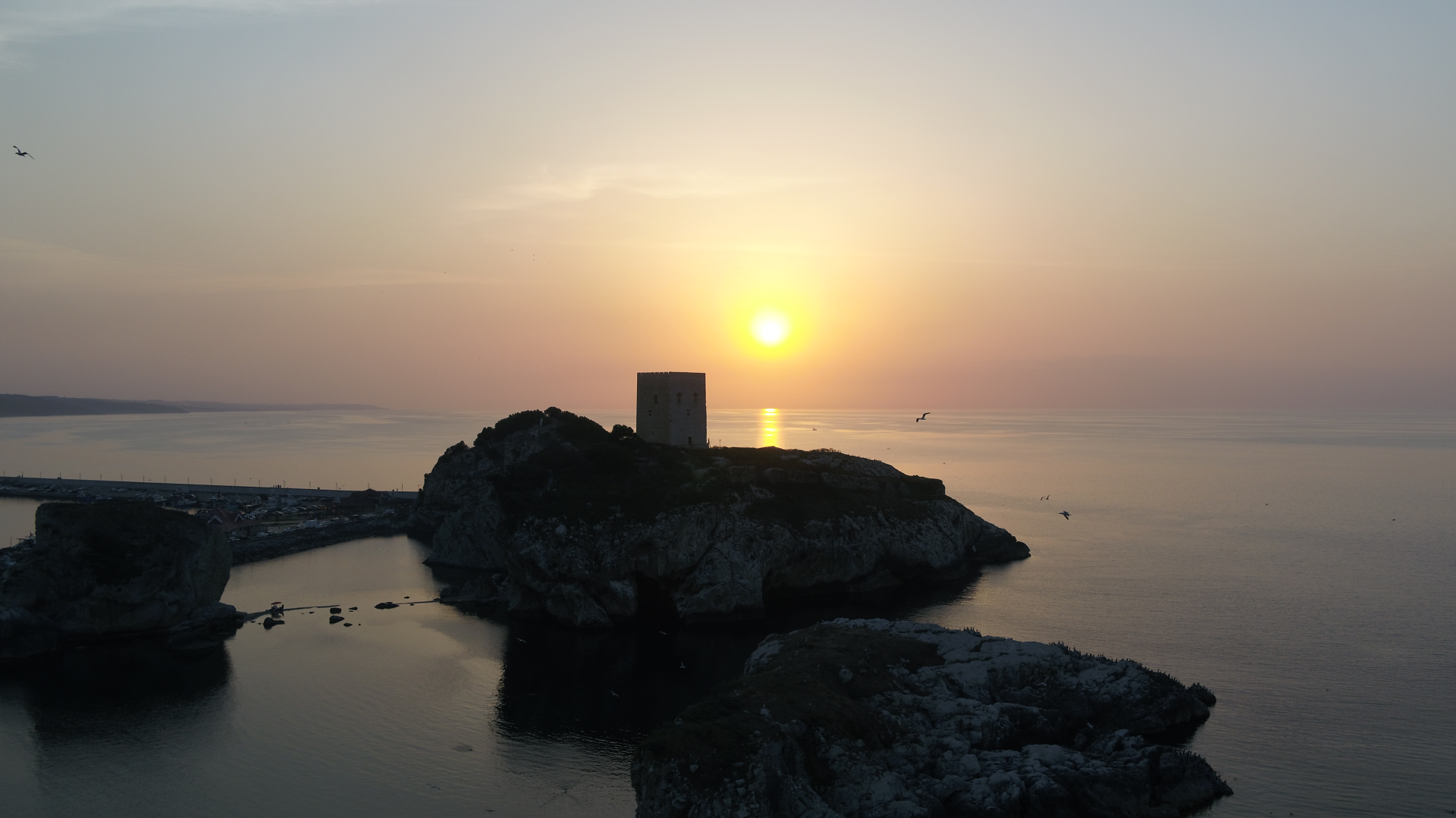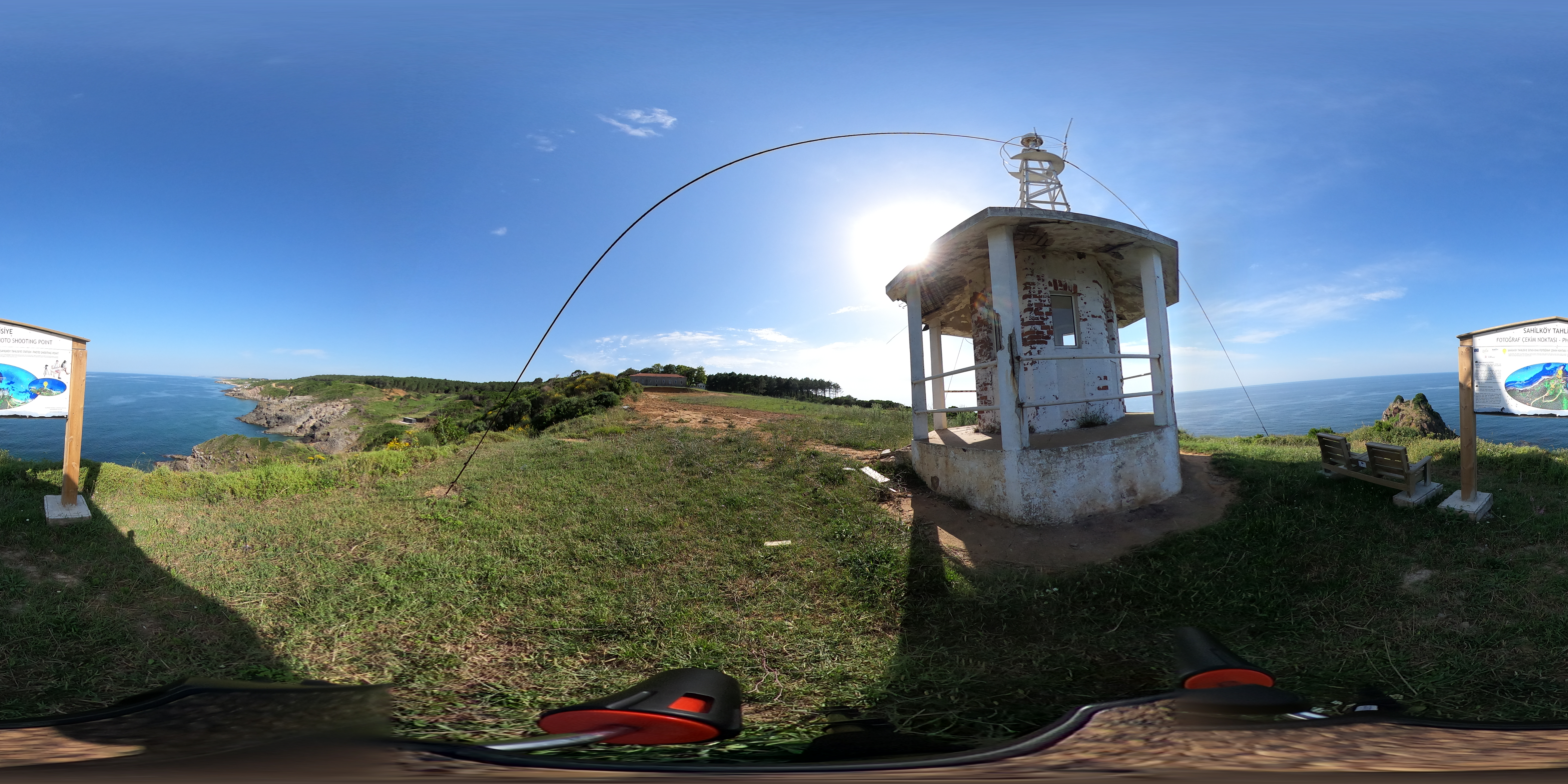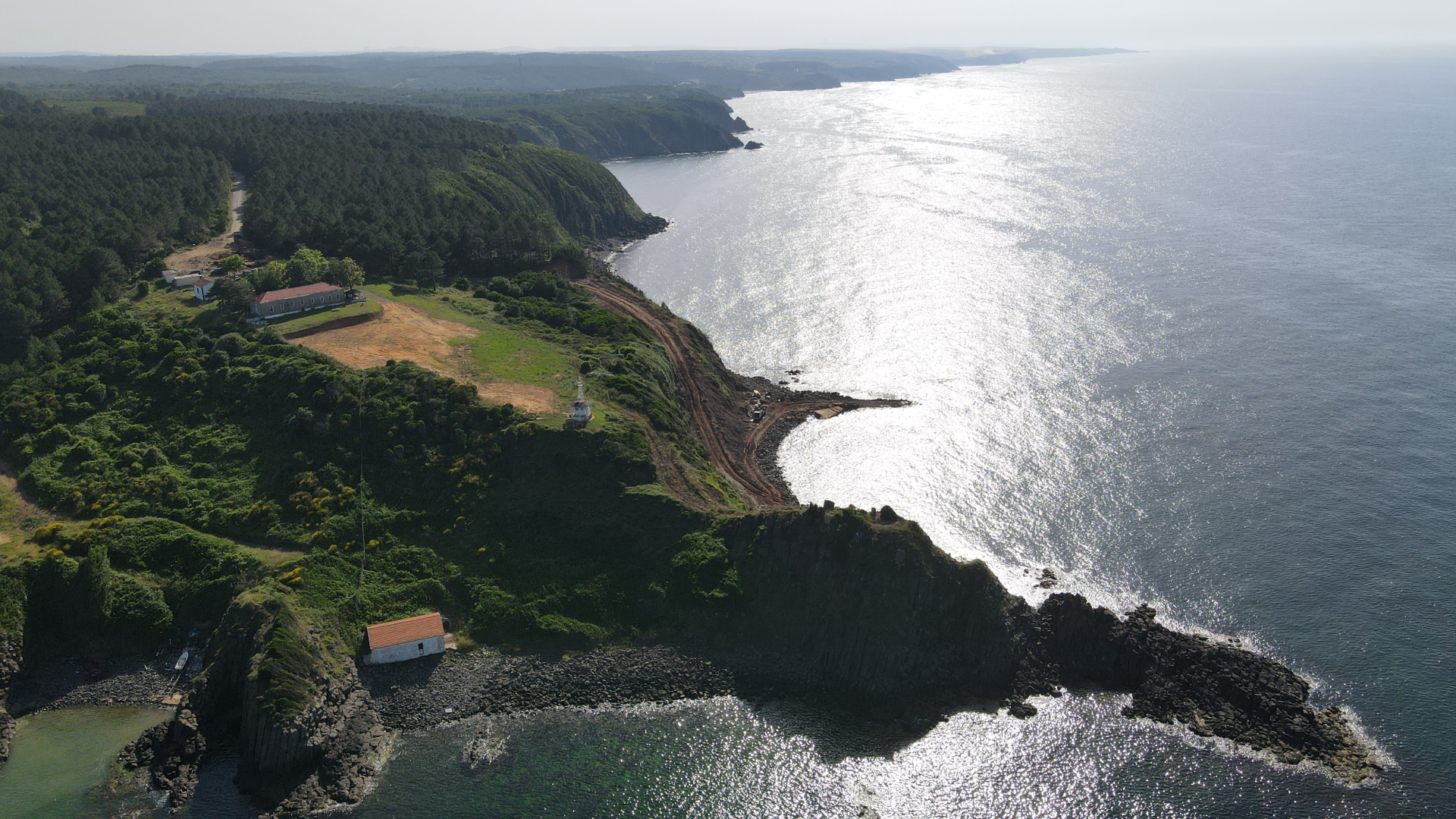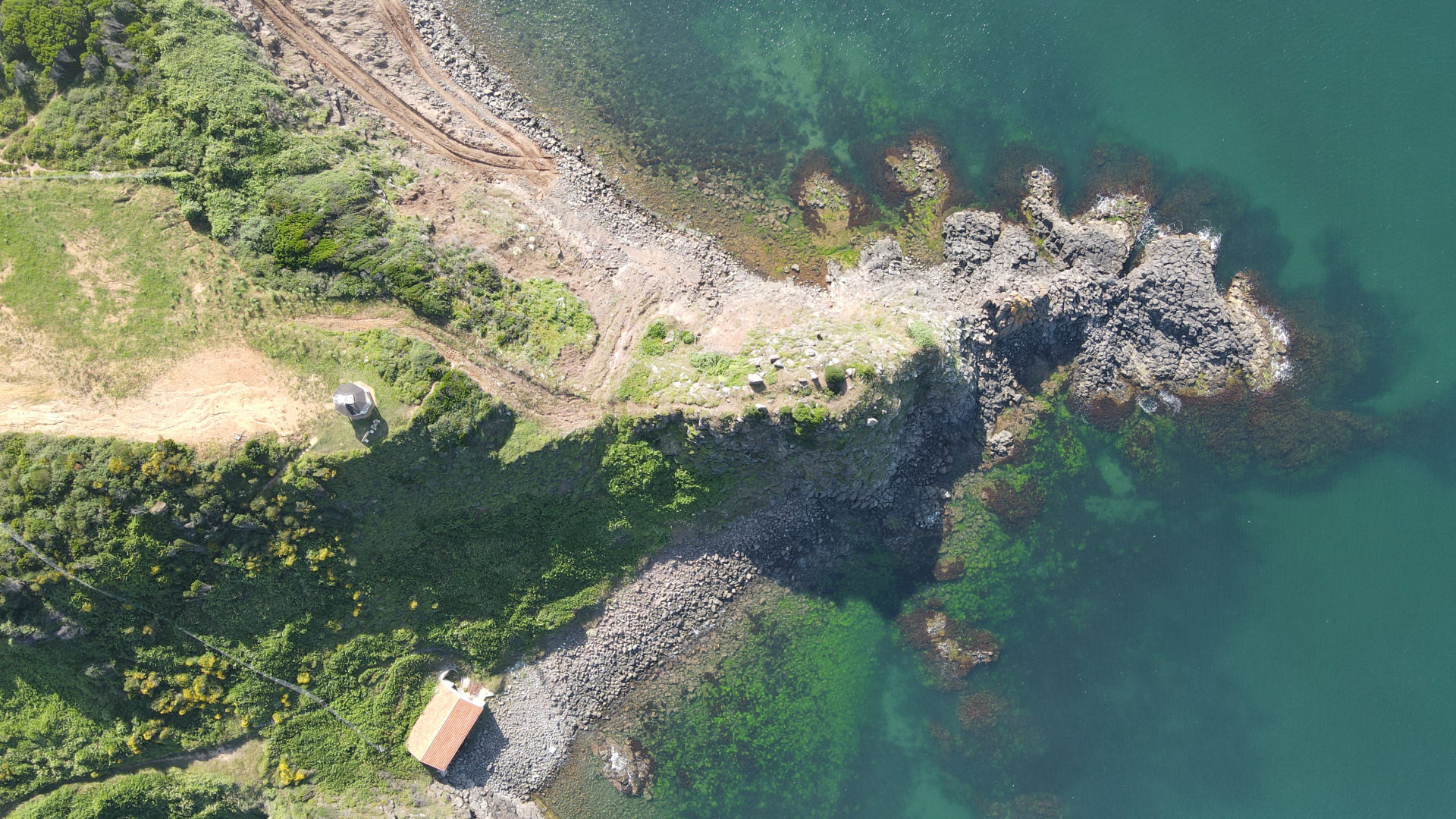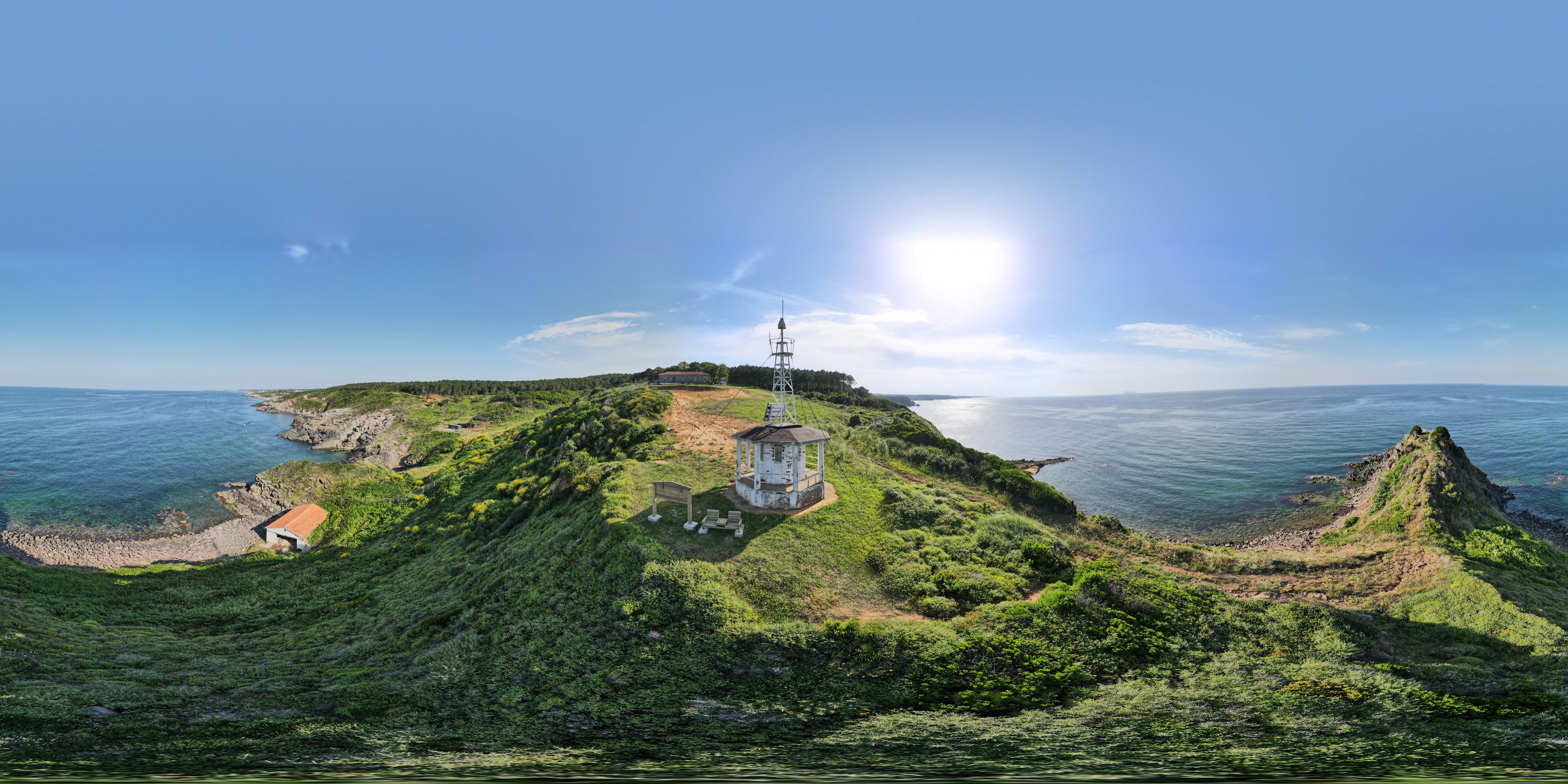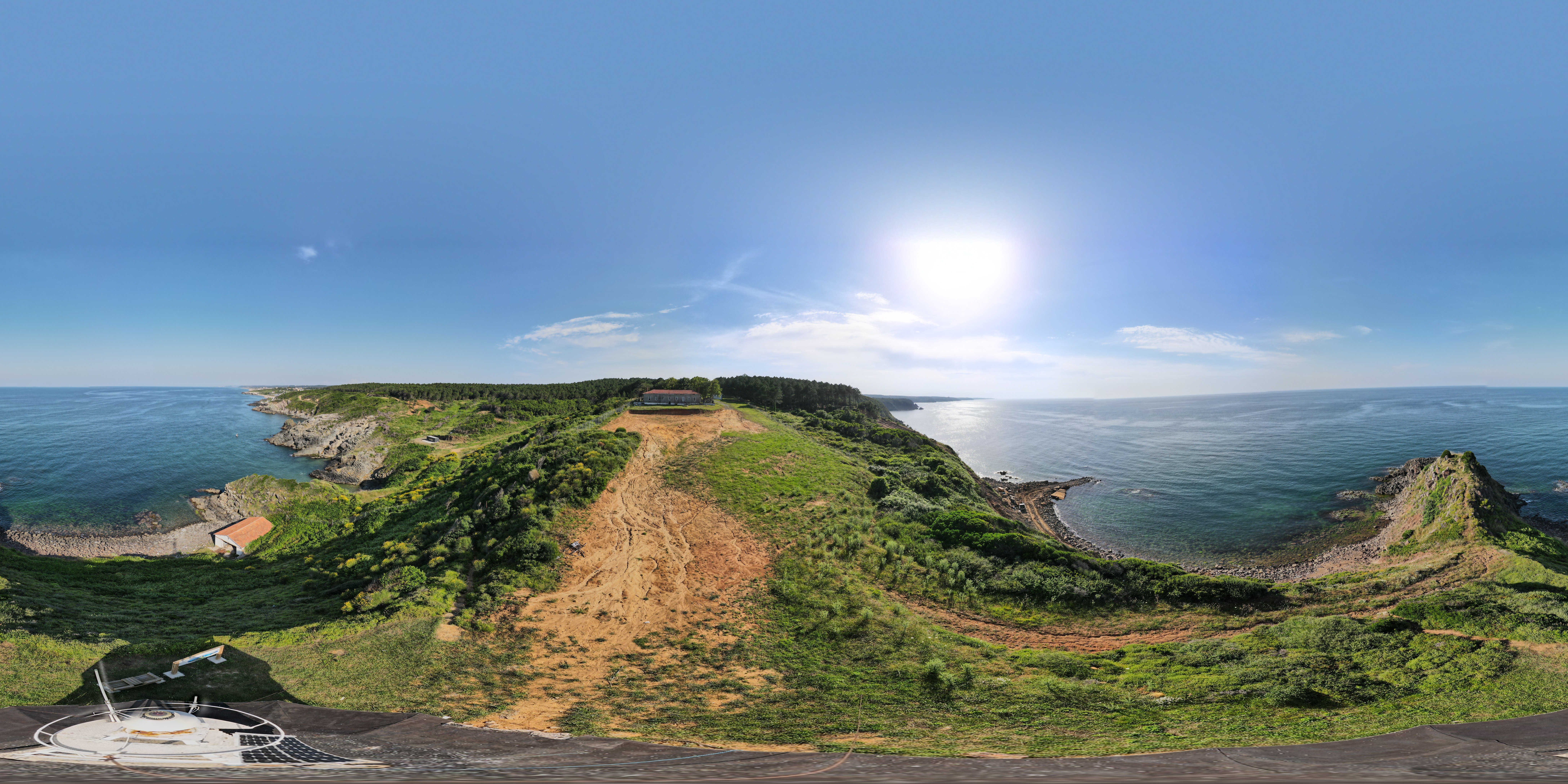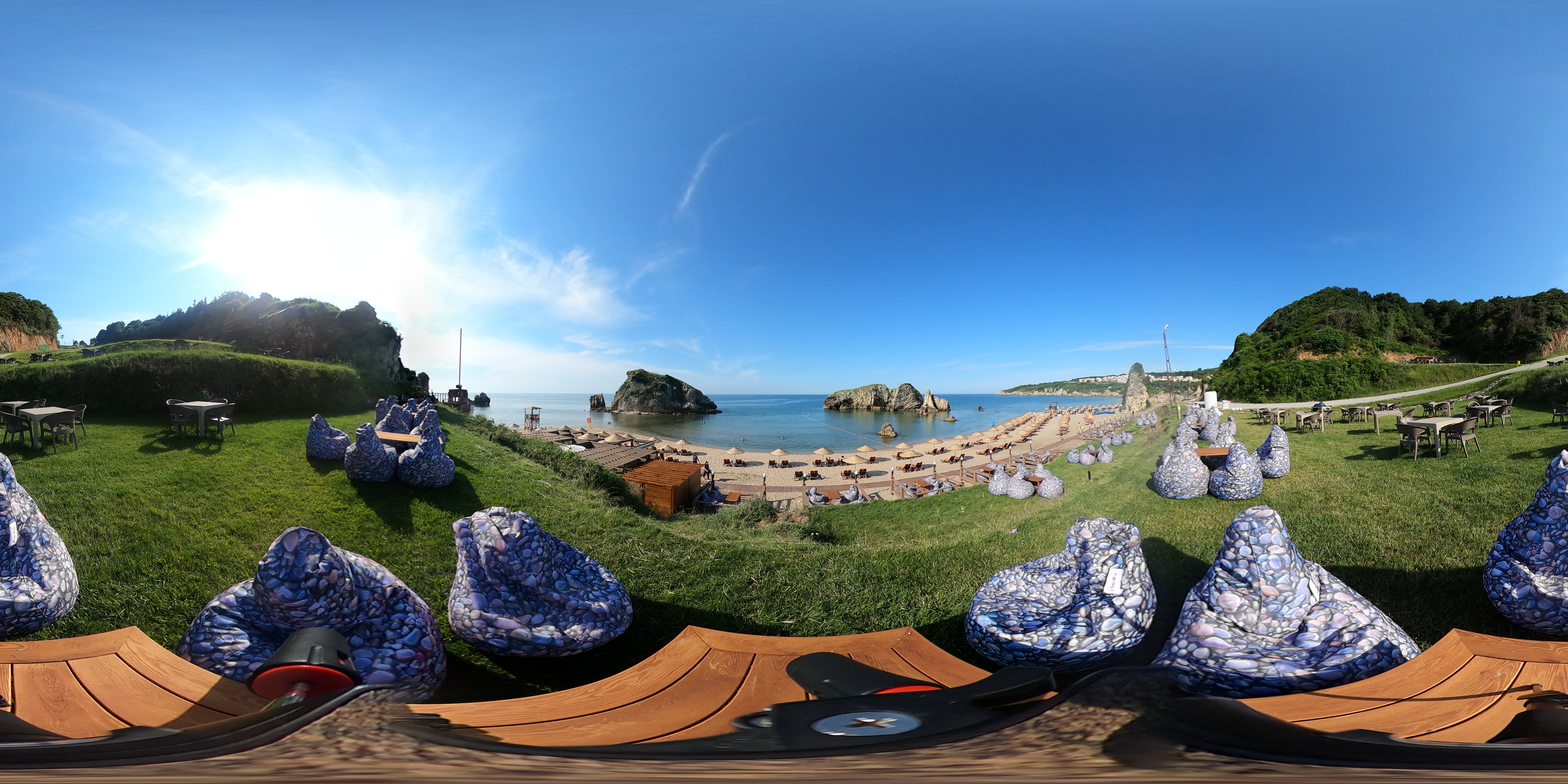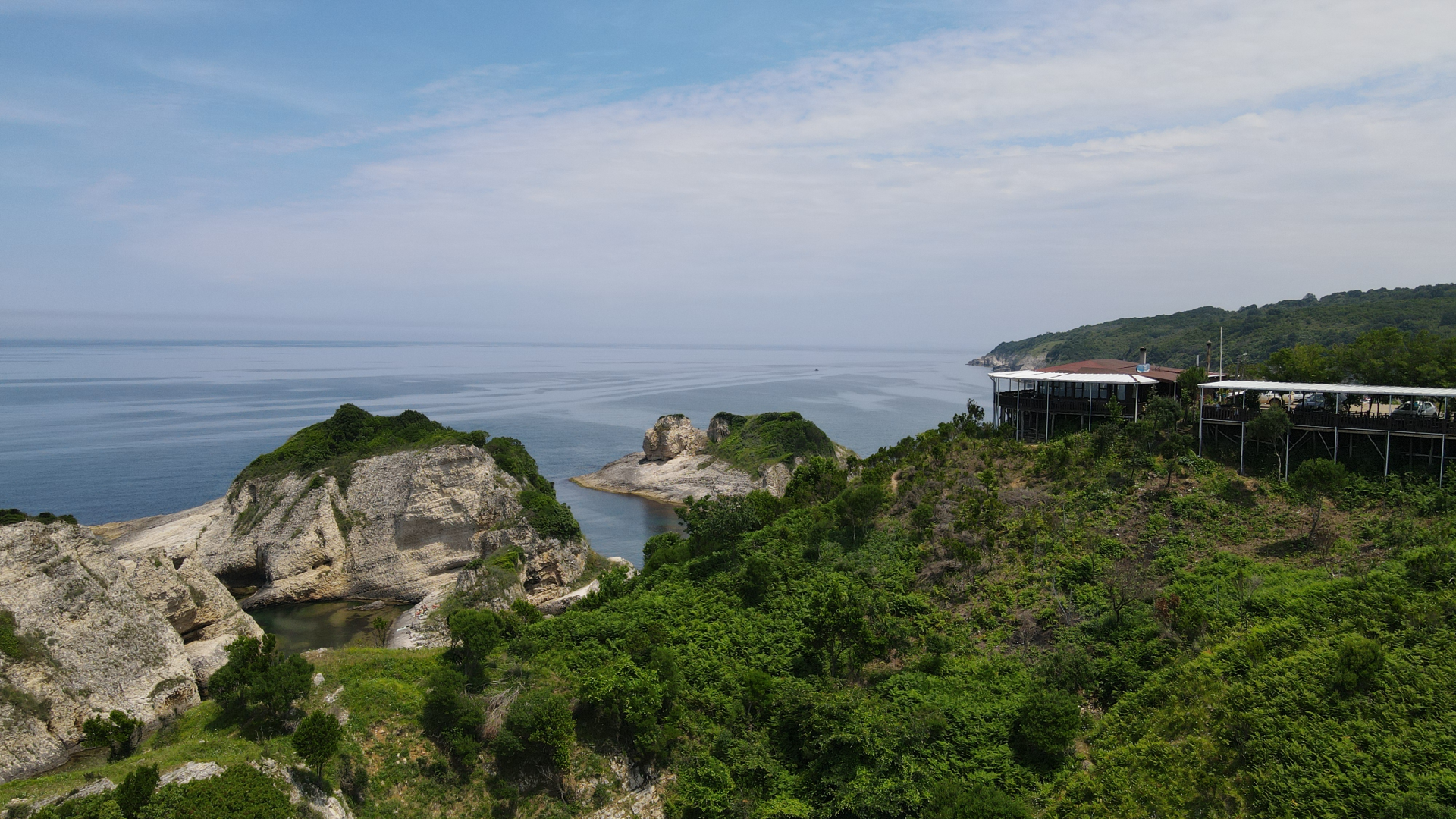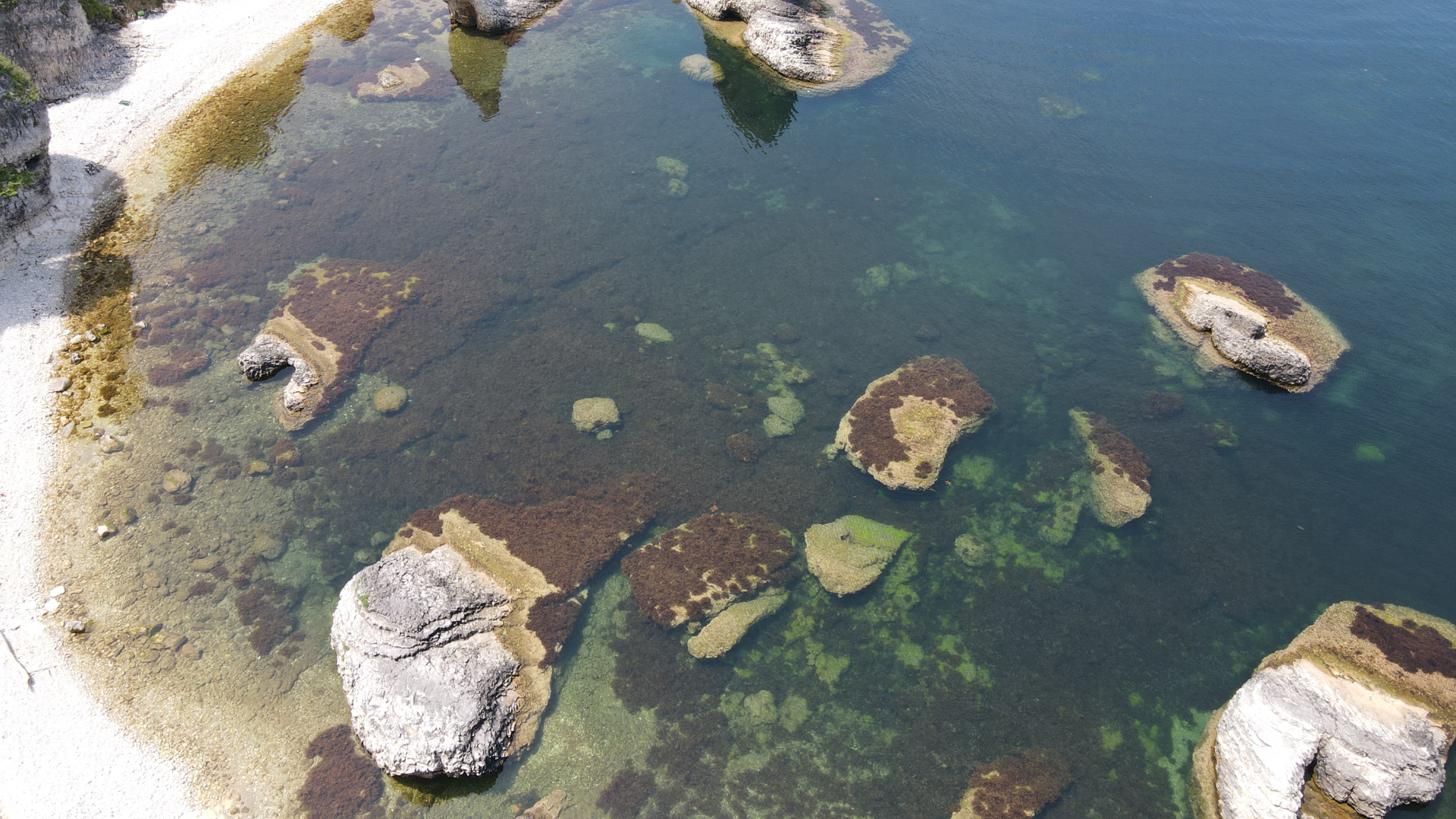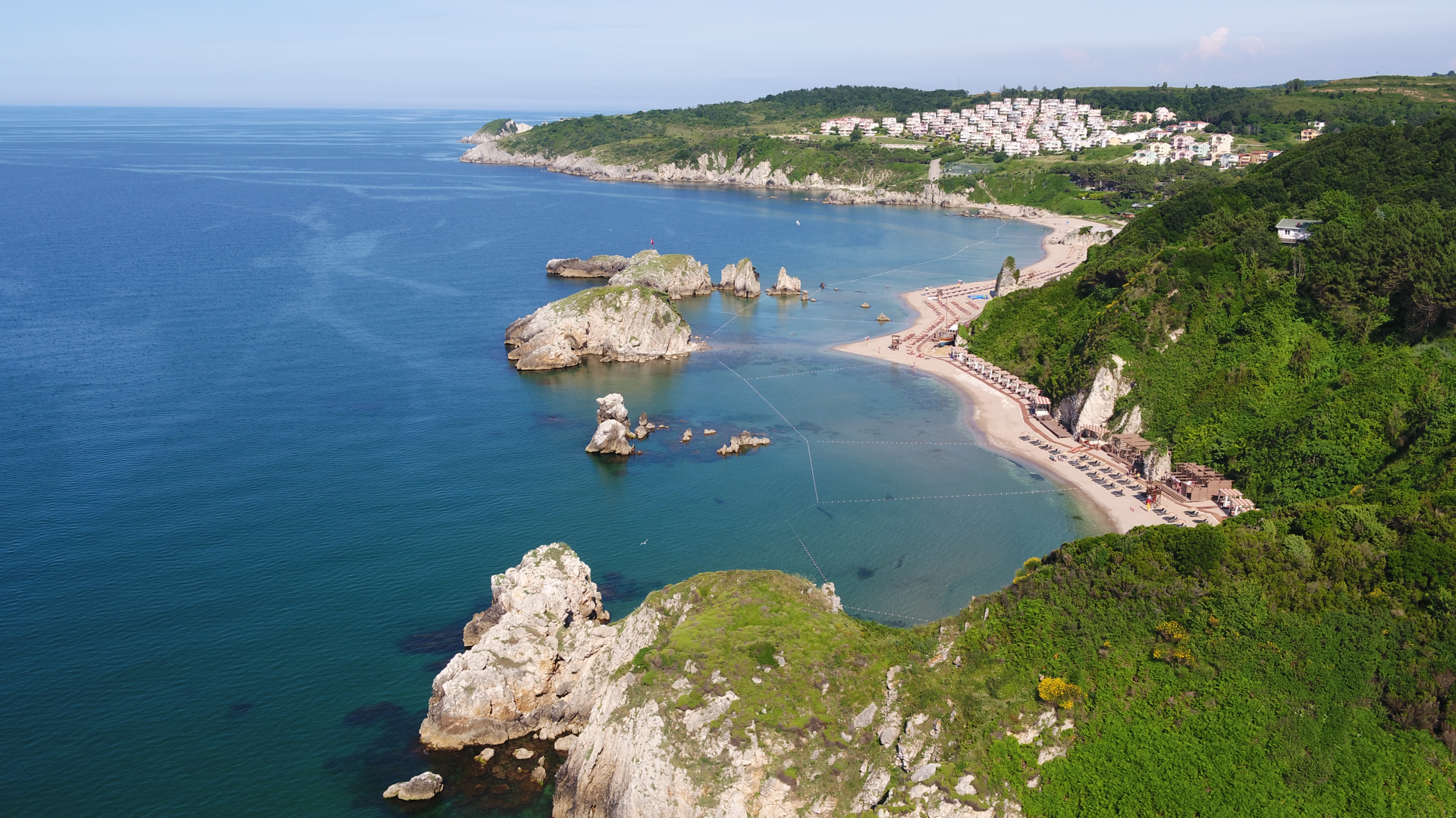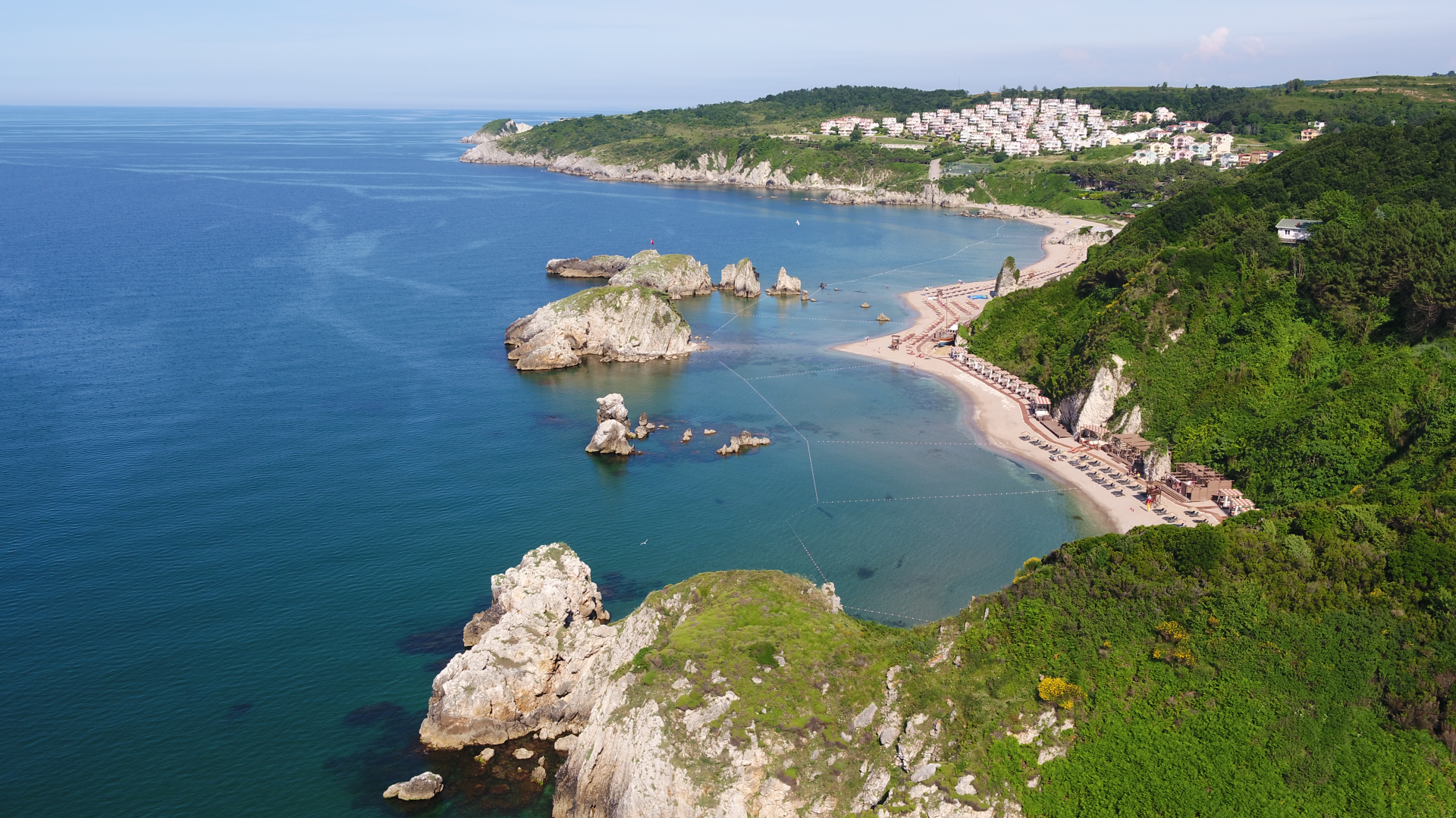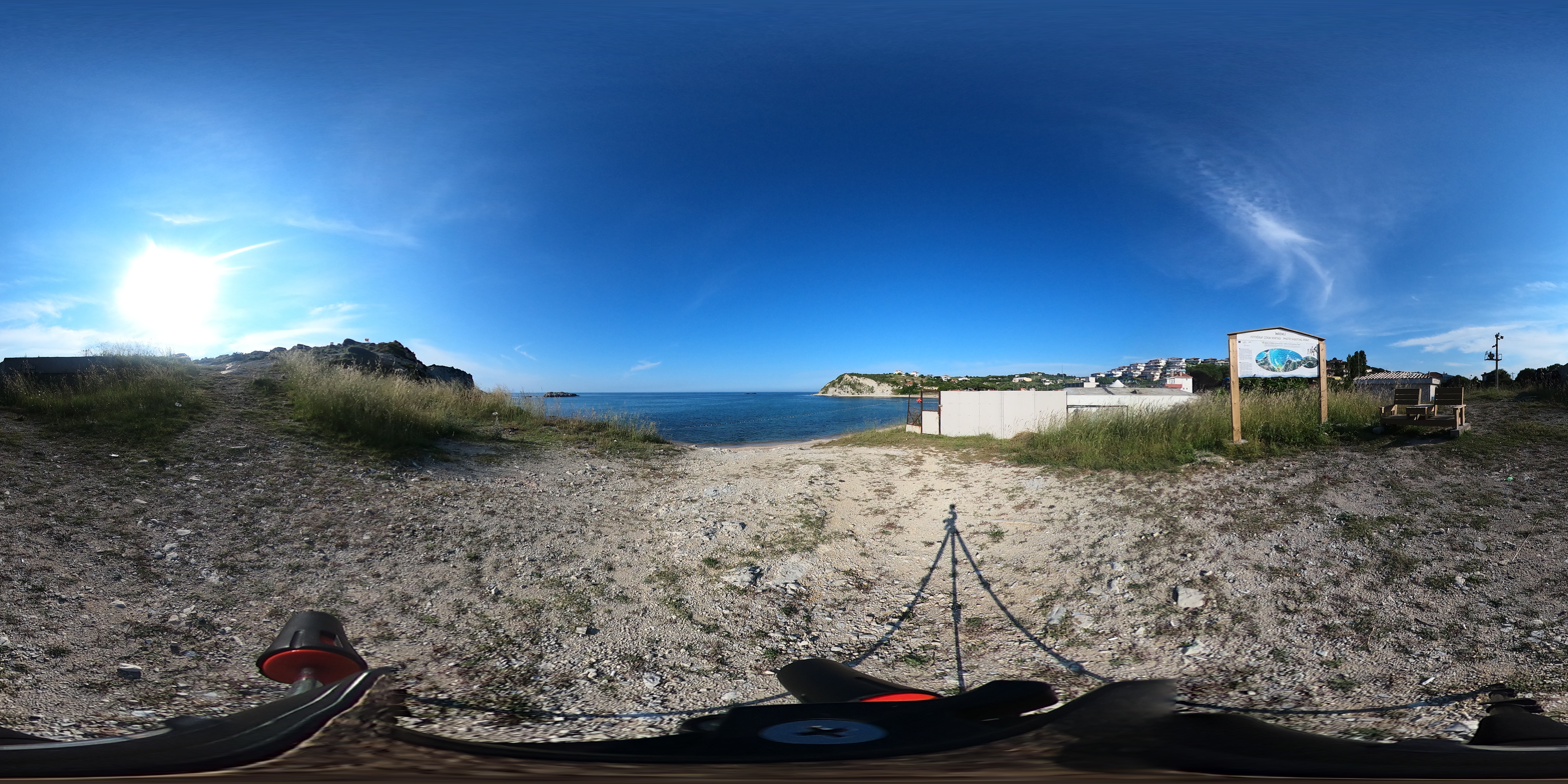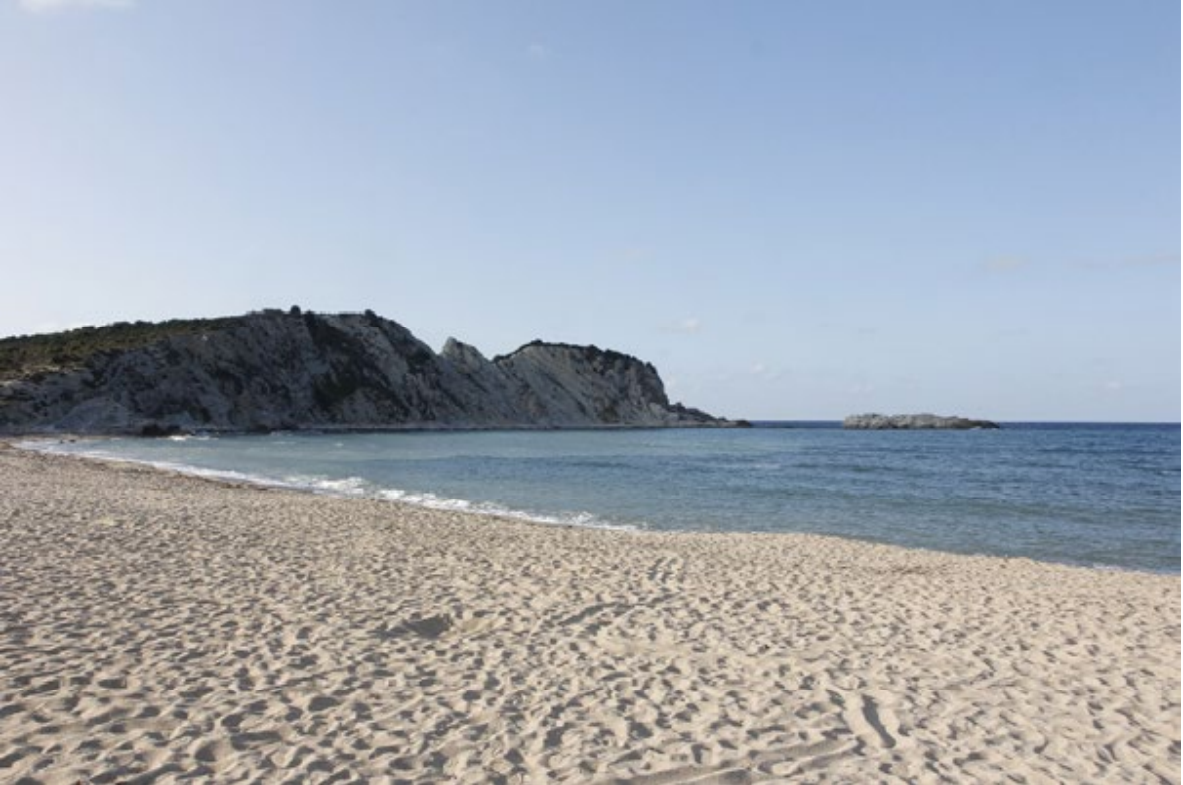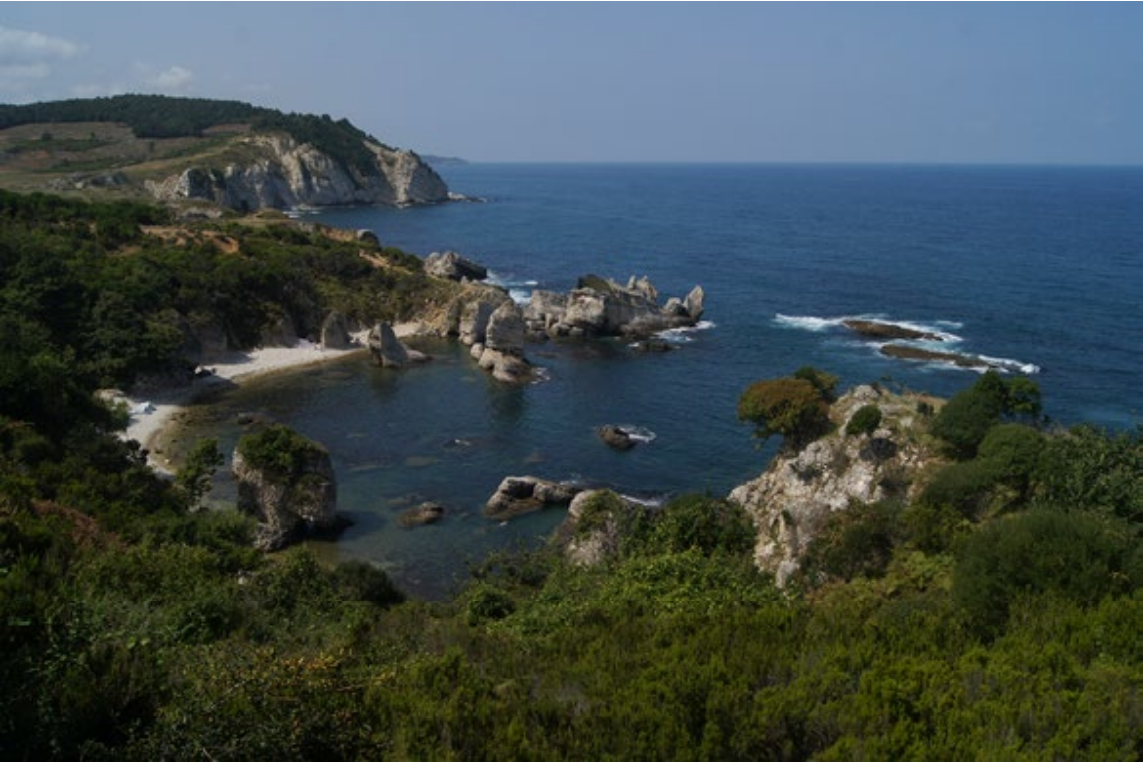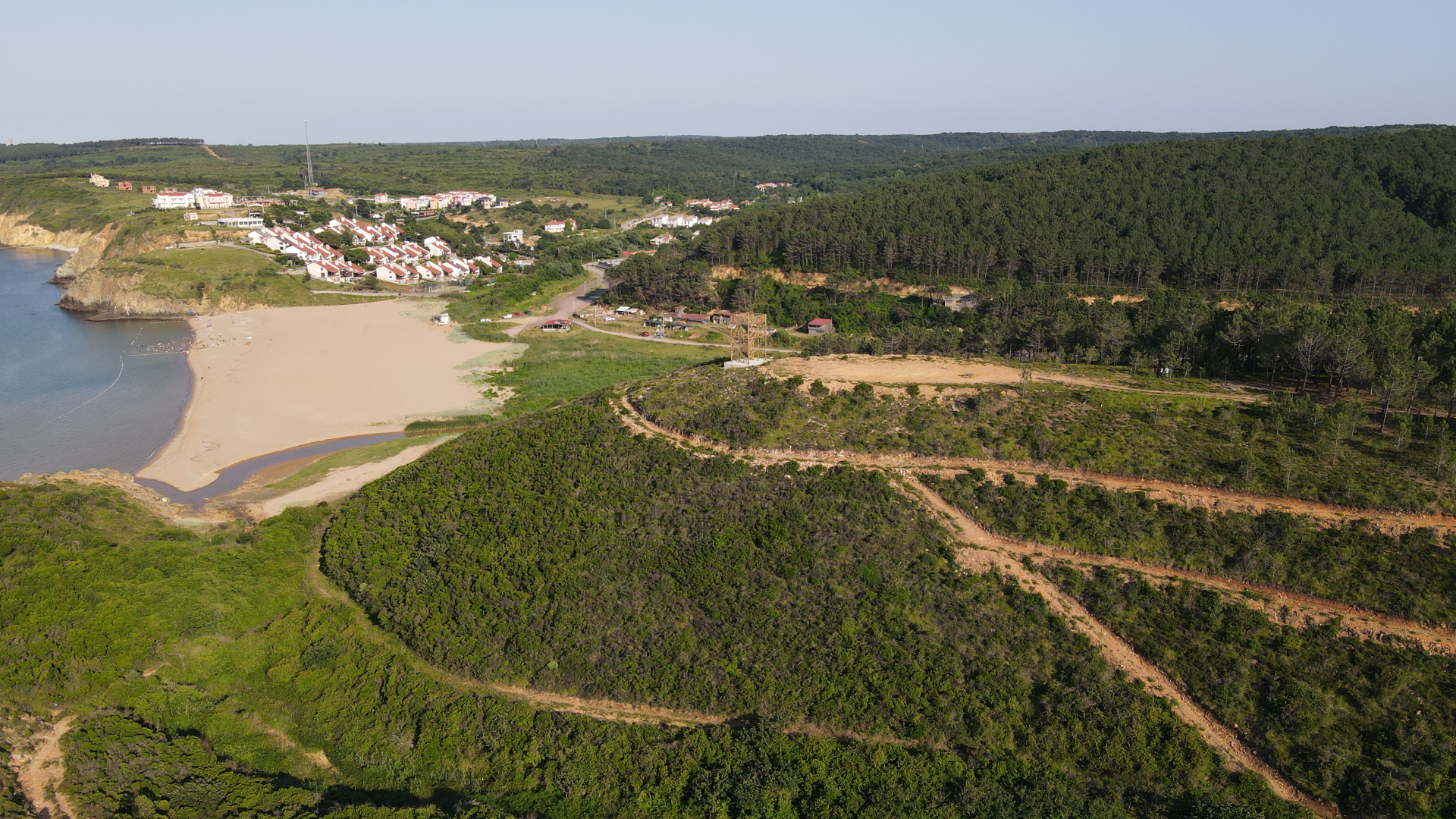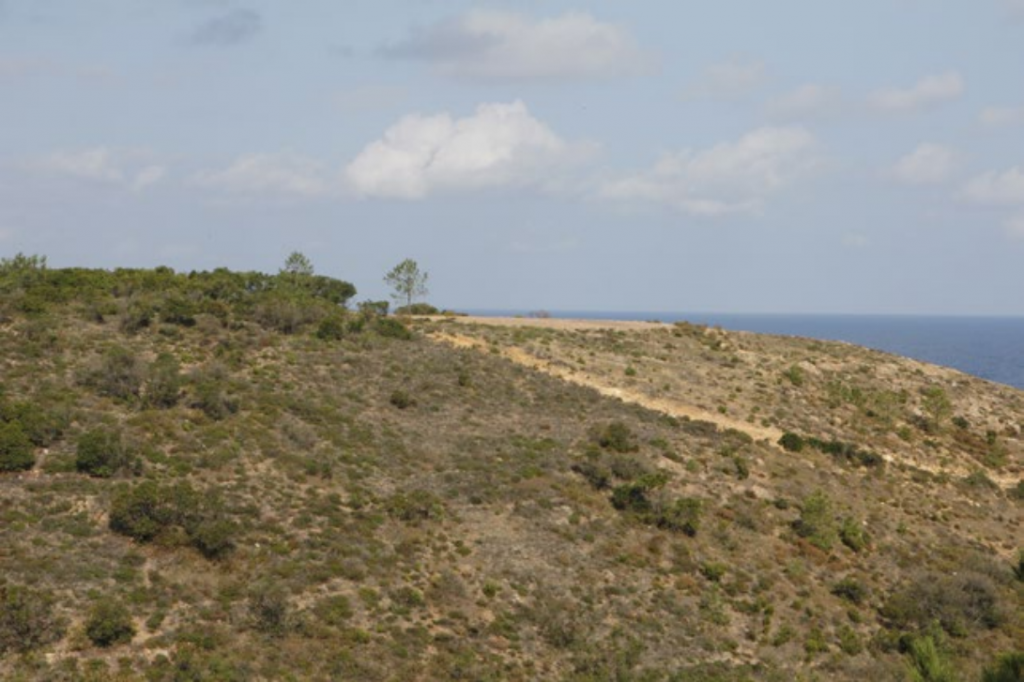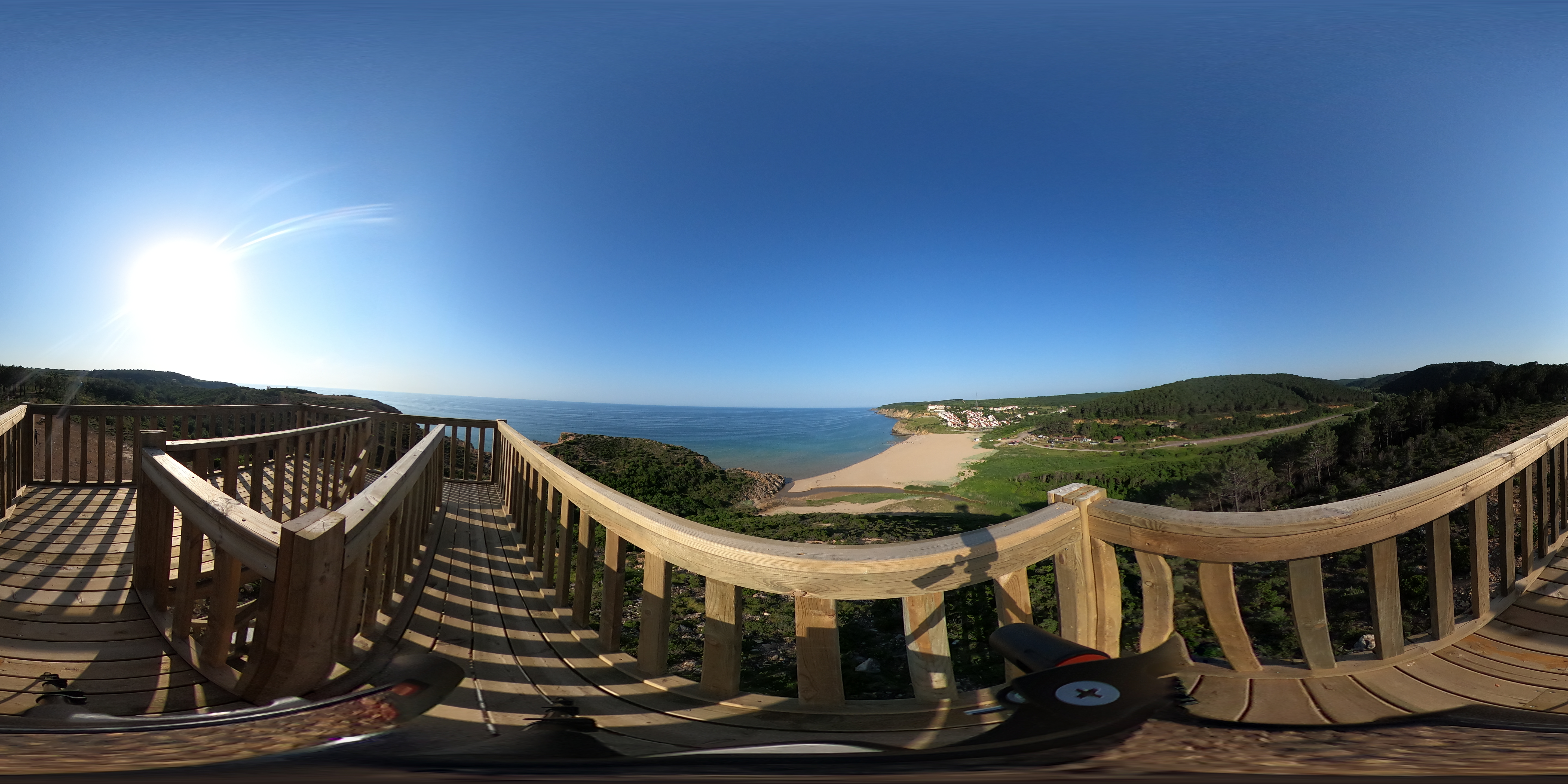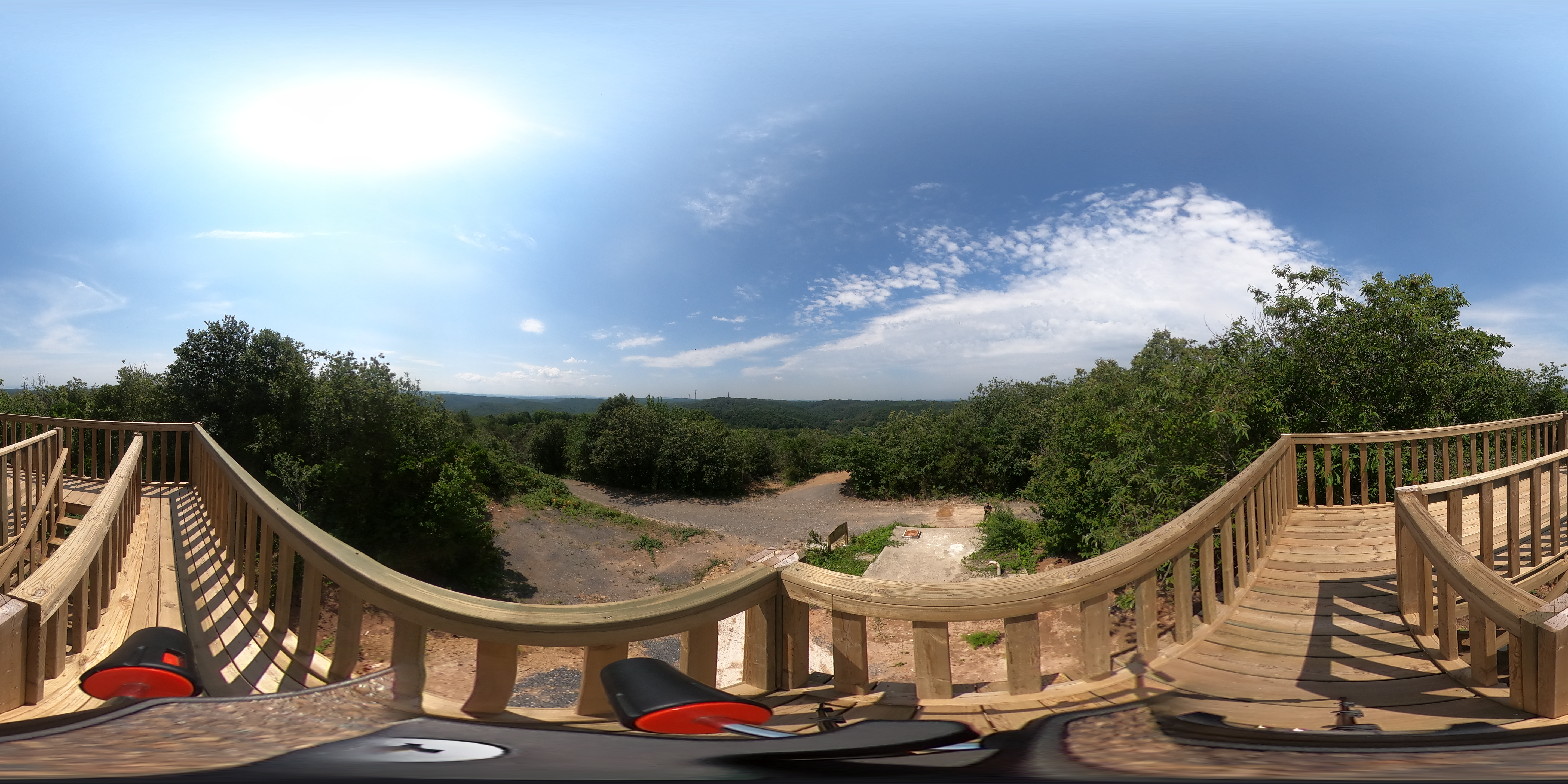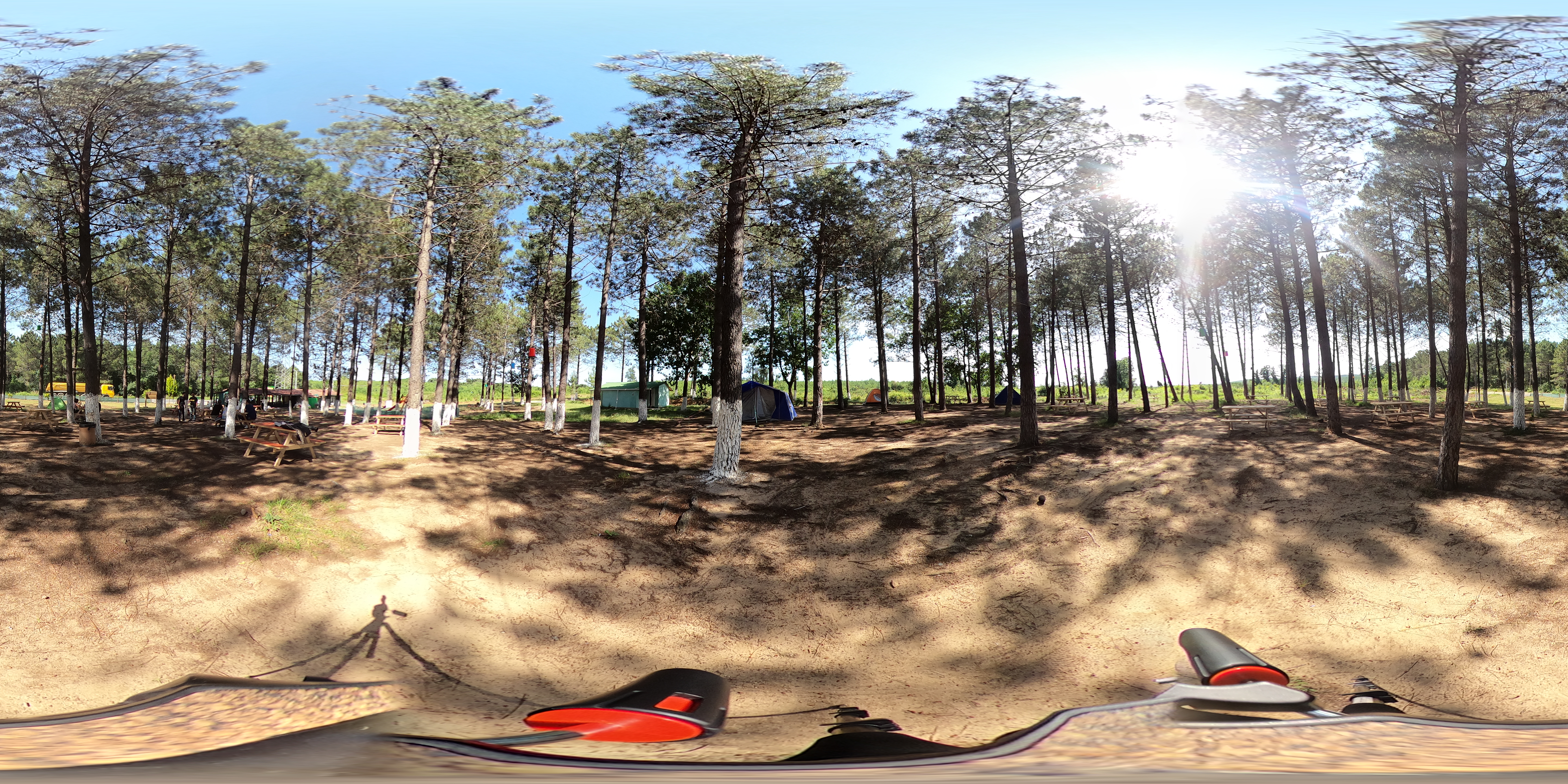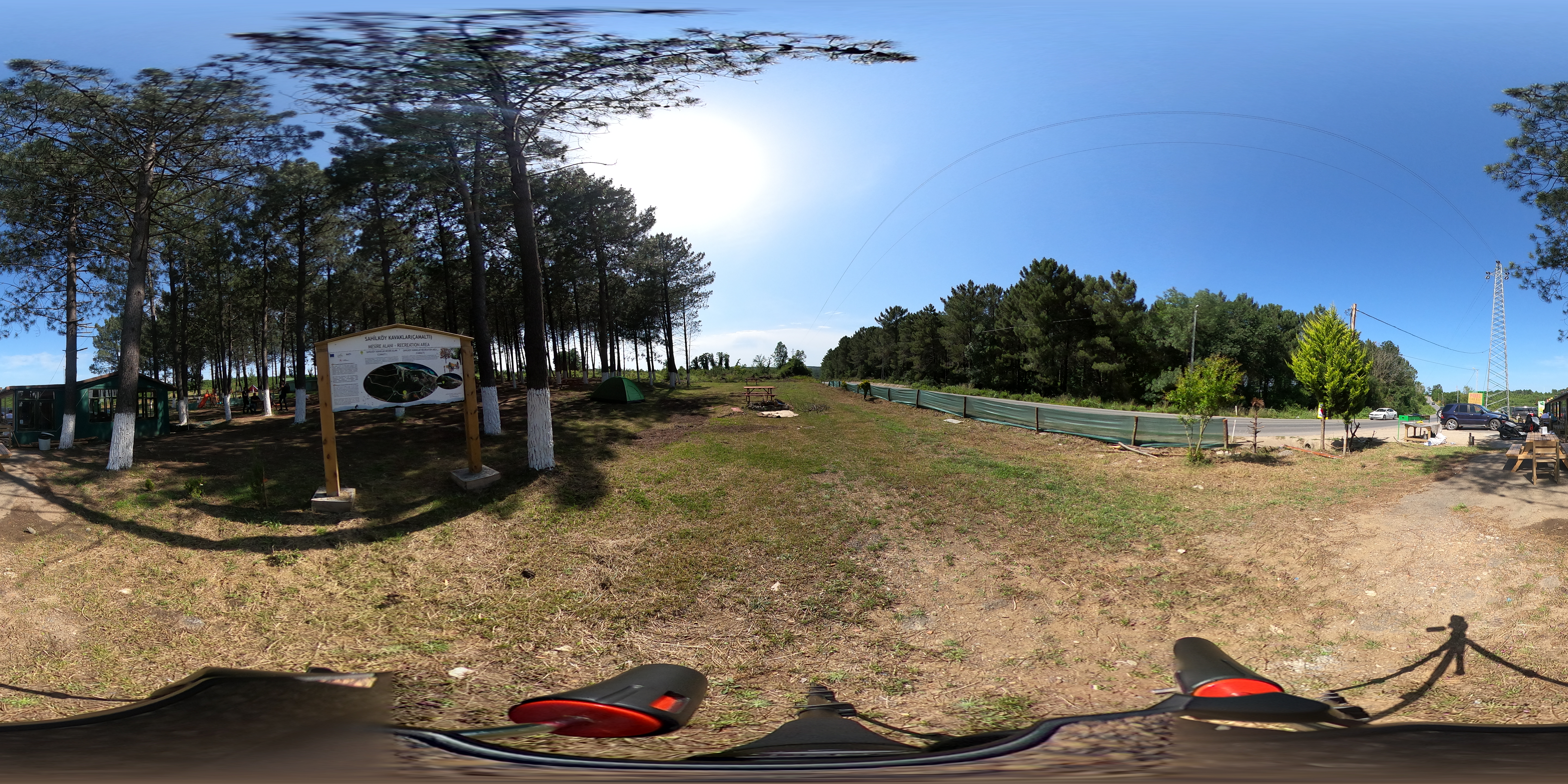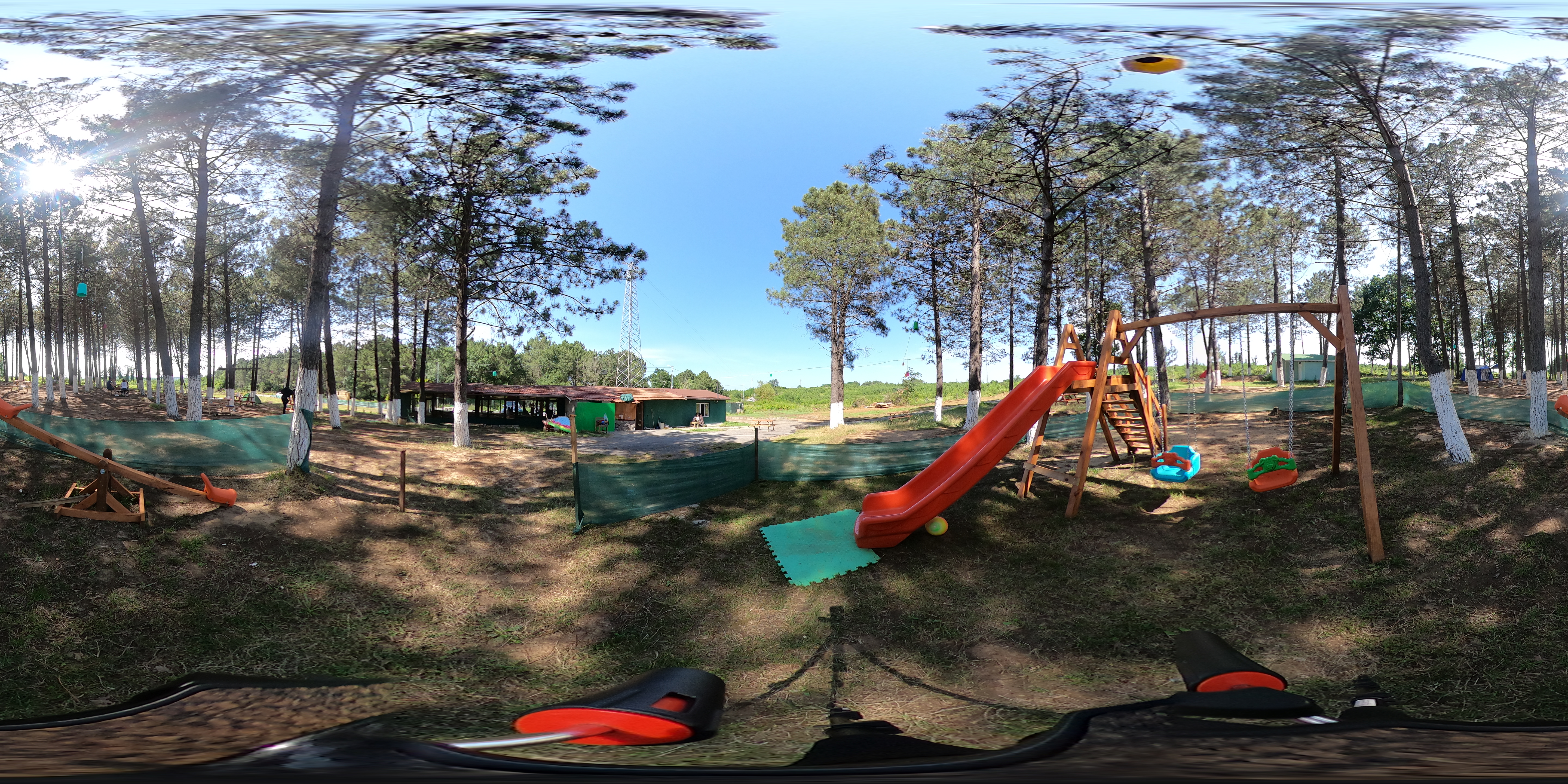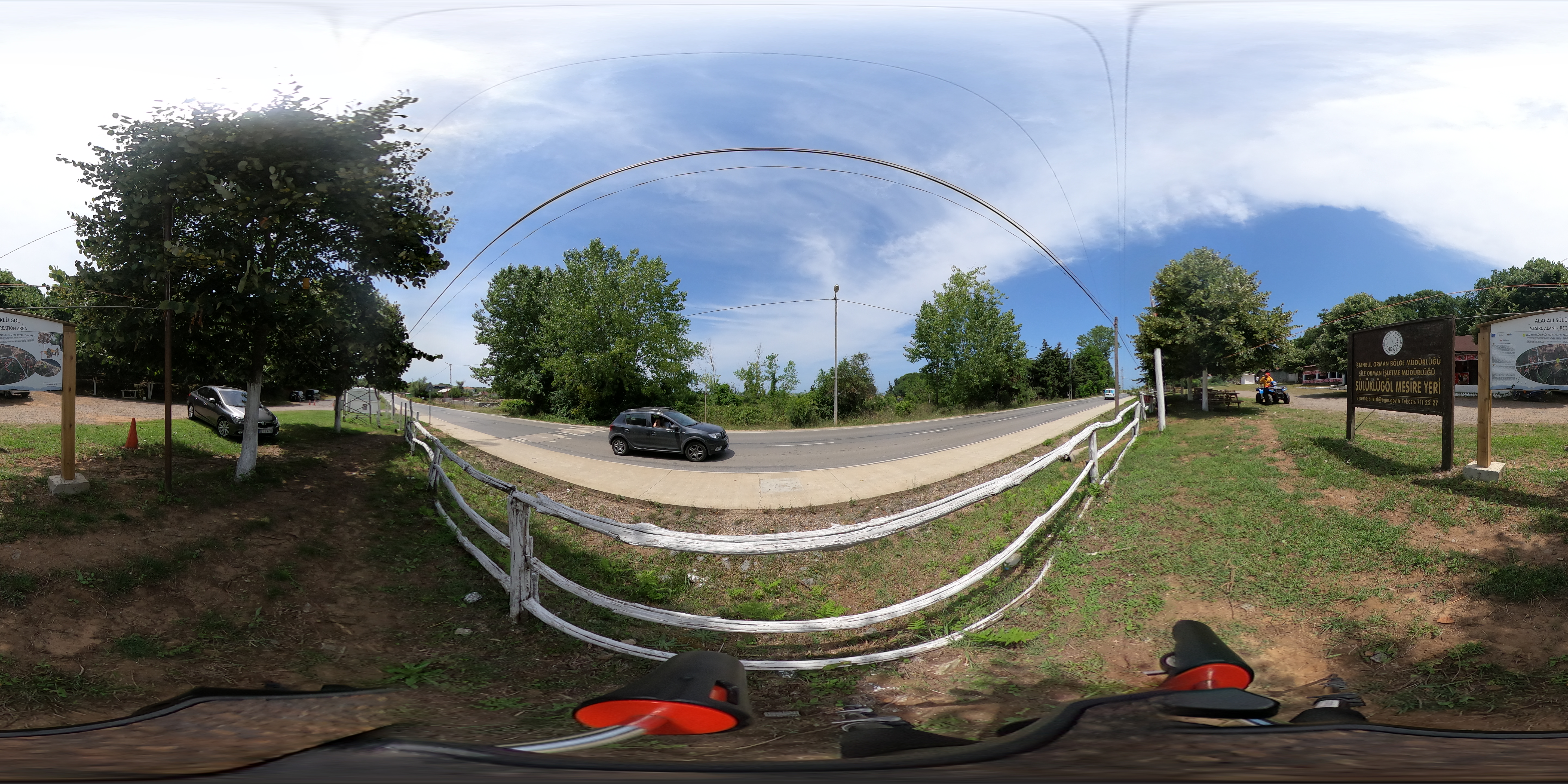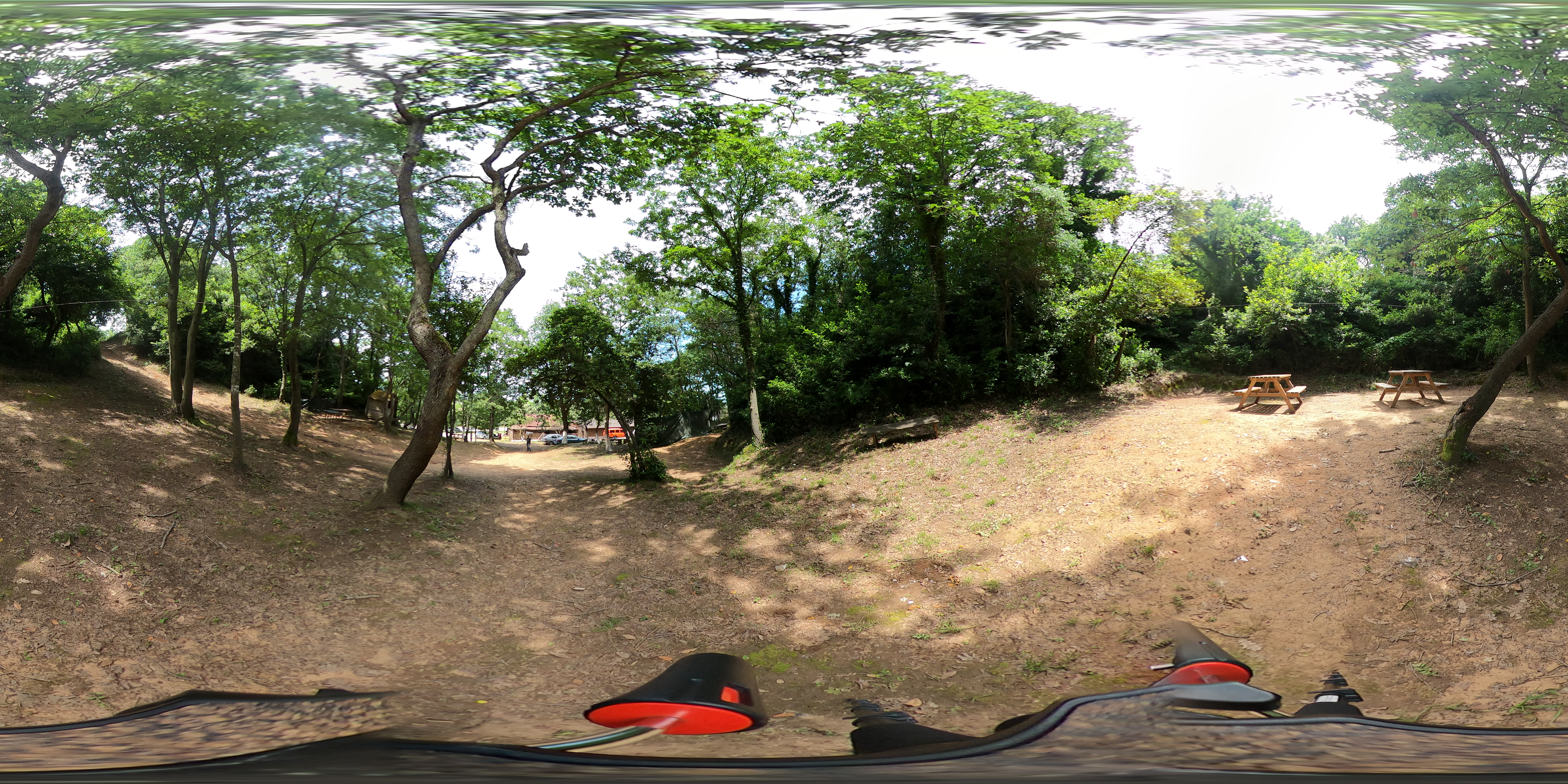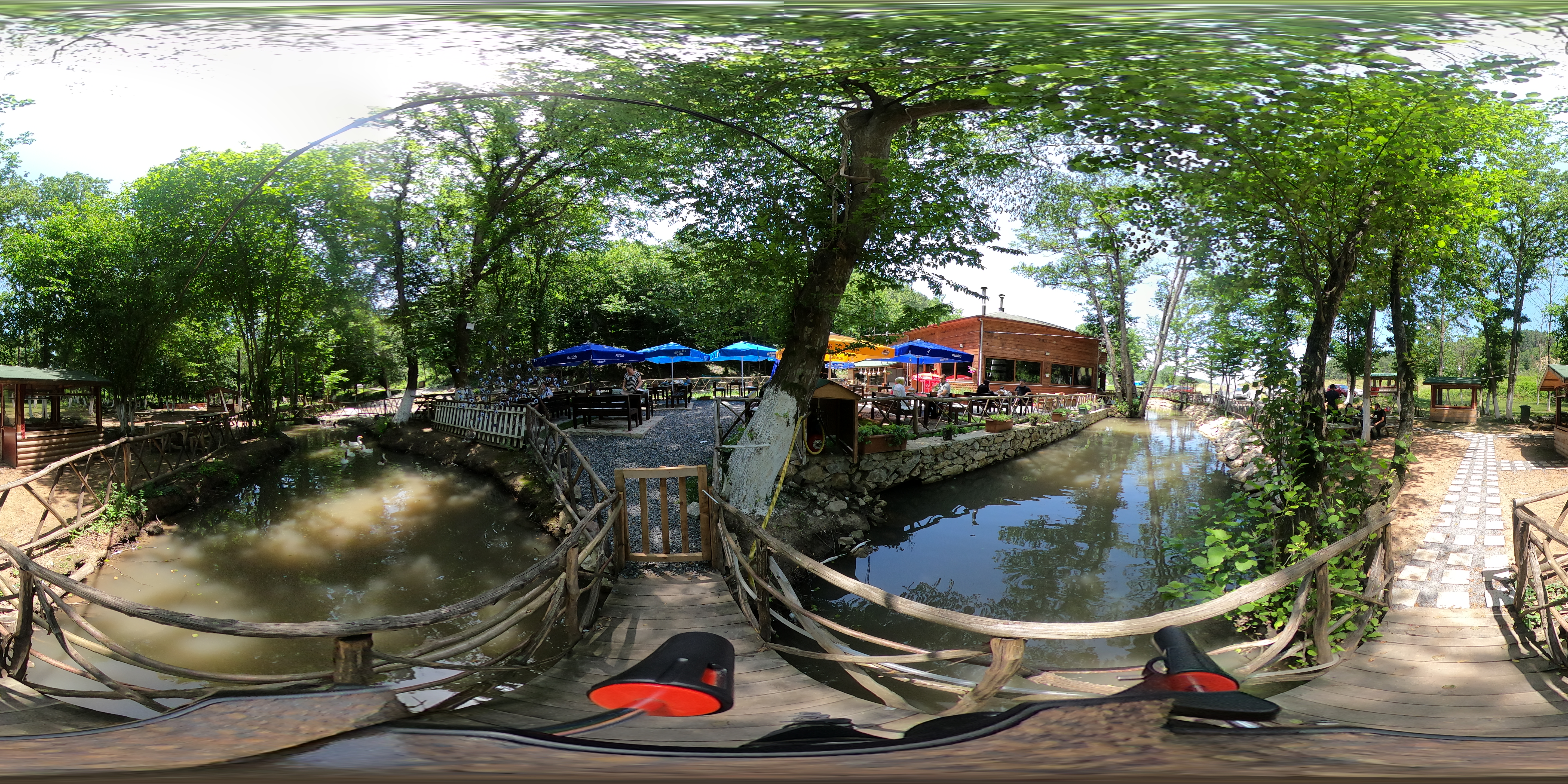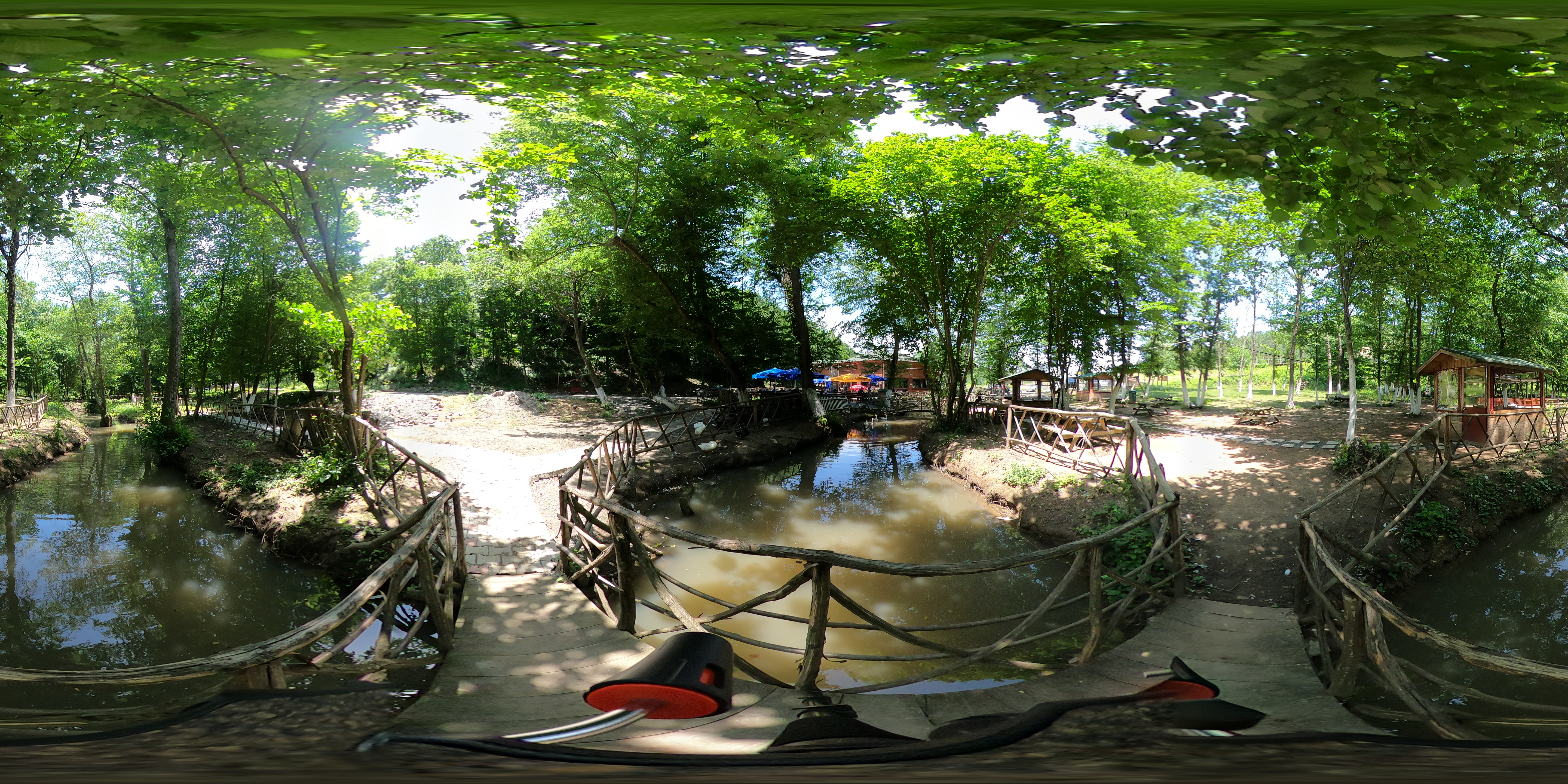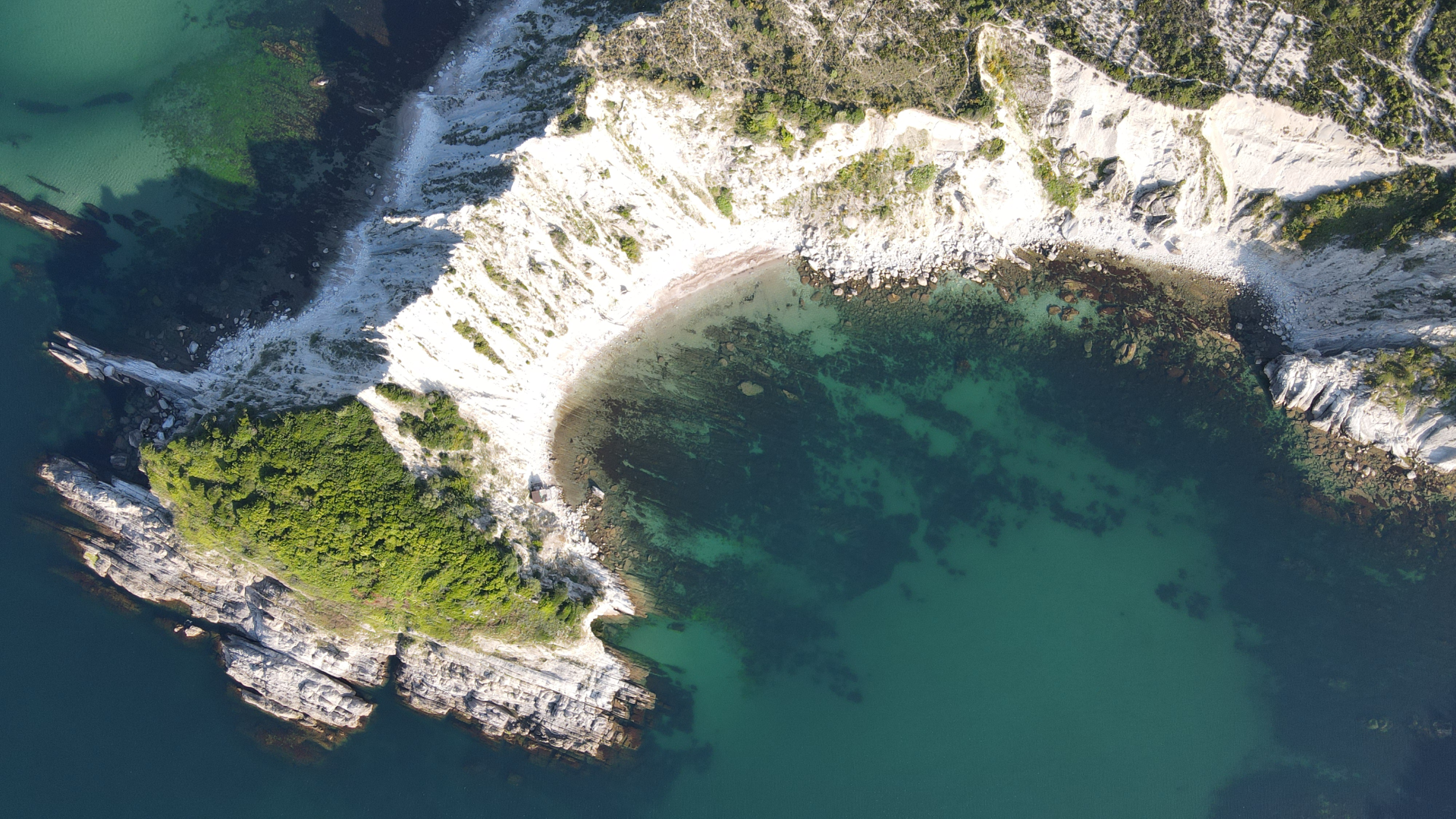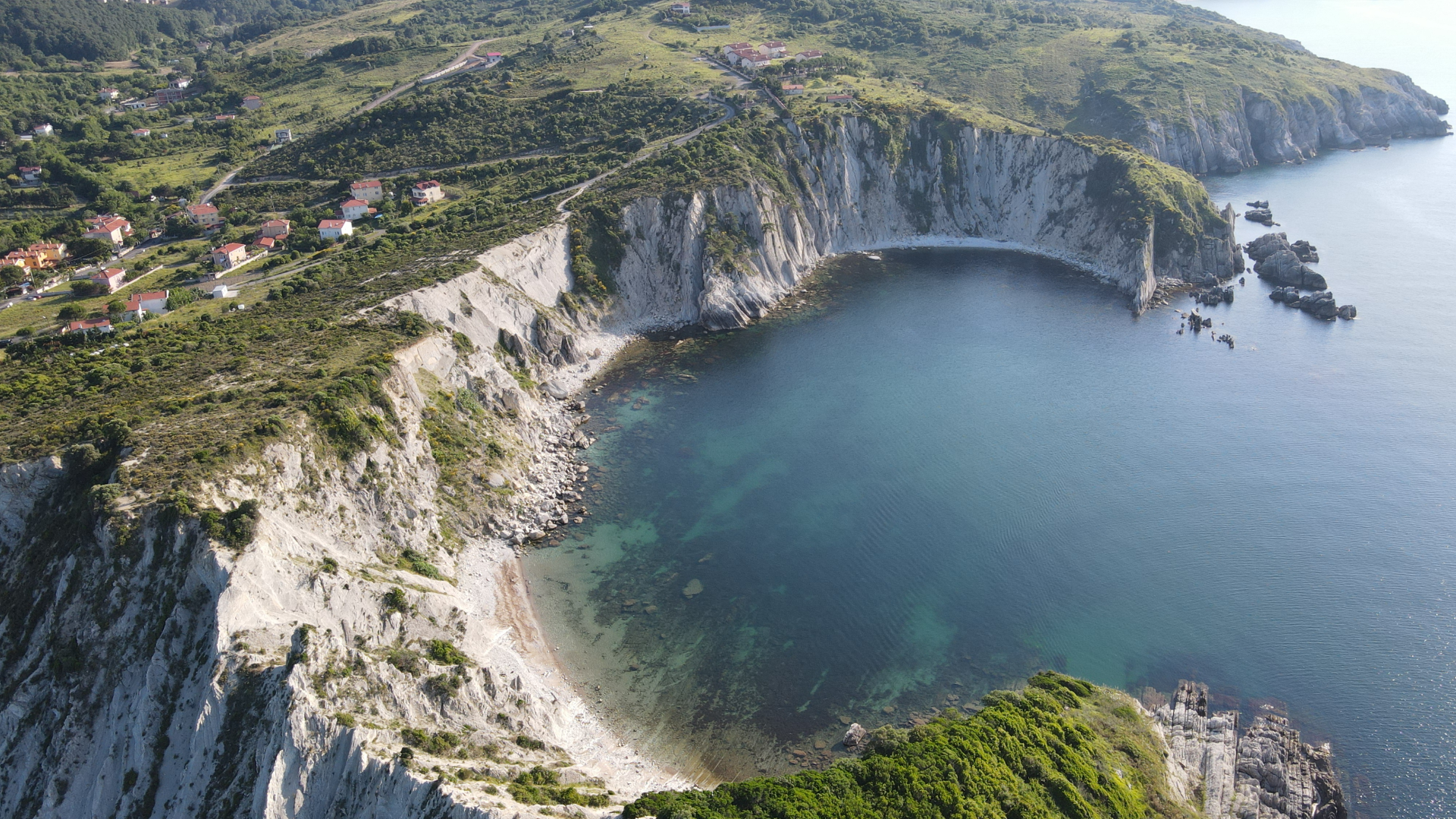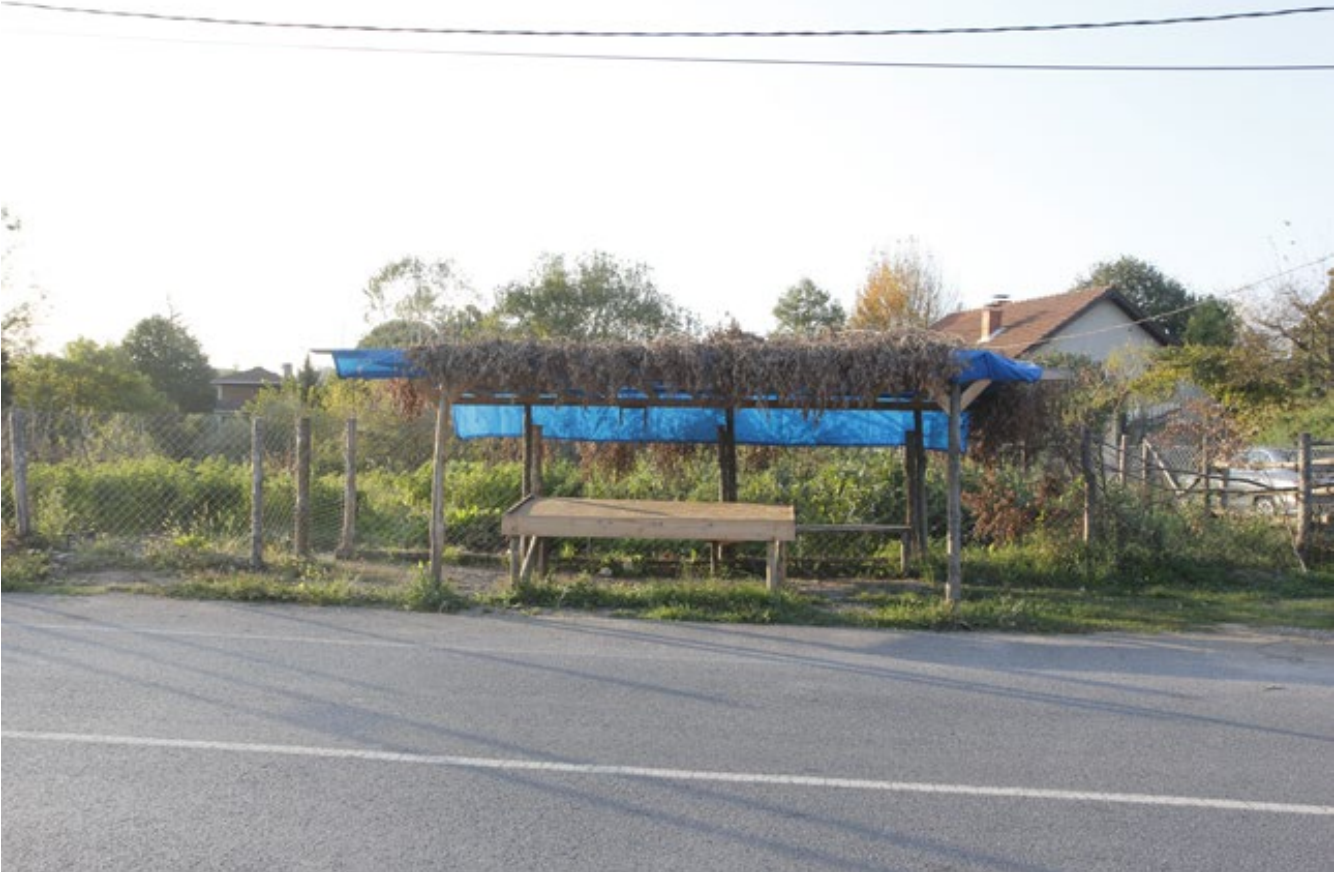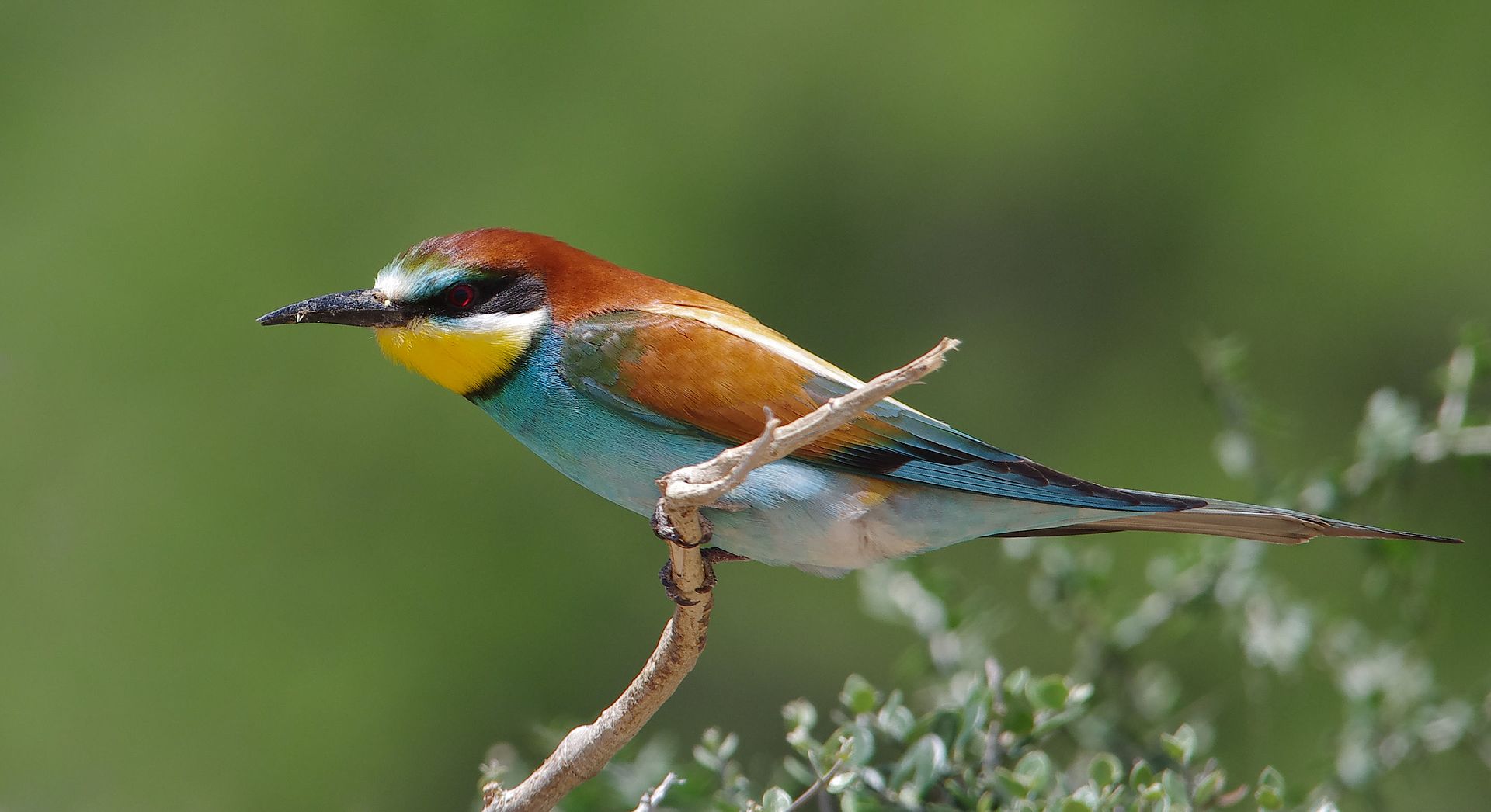
Bird View Areas
Bird View Areas
Anatolia is located on very important migration routes for storks and raptors. It has two gates, the Bosporus in the west and the Çoruh Valley in the east. The Bosporus is the shortest route between seas for soaring raptors and storks. Şile is one of the most convenient locations in Turkey to watch birds of prey migrating by gliding. The district is also home to the second largest known colony in Istanbul of crested cormorants, which are endangered on a European scale and protected by the Bird Directive. The macquis groves on the Şile coast are gas stations for songbirds crossing the Black Sea, and the presence of important Eastern European populations depends on the health of this ecosystem.

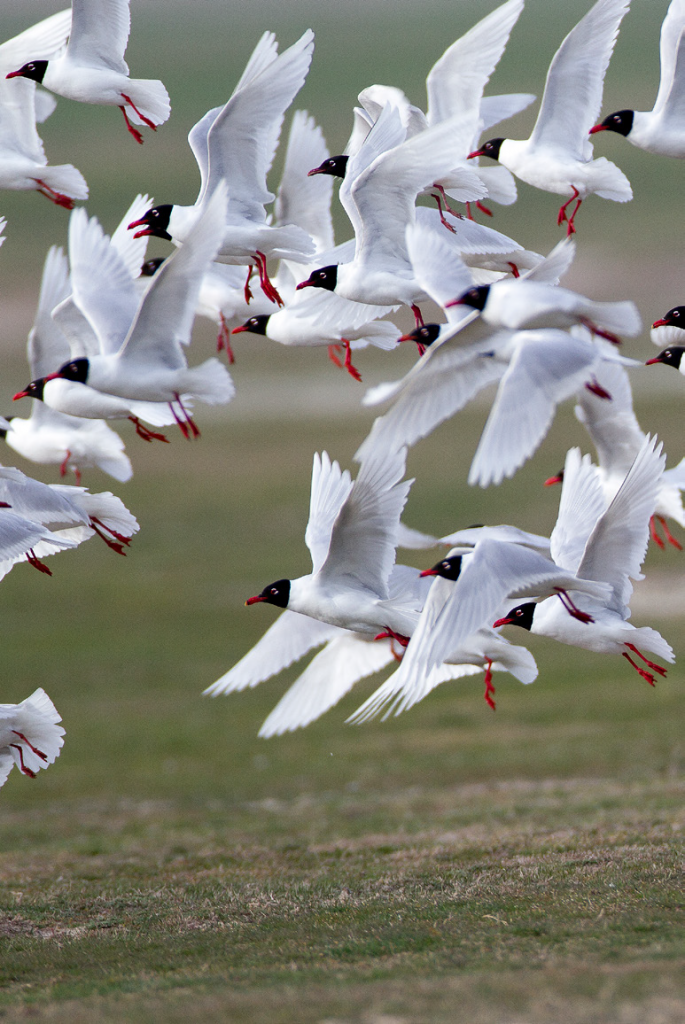
BIRDS OF SILE
Especially during the migration period, a lot of birds pass through the Black Sea during the day. You can observe many species such as seagulls, terns, grebes and shearwaters in Şile.
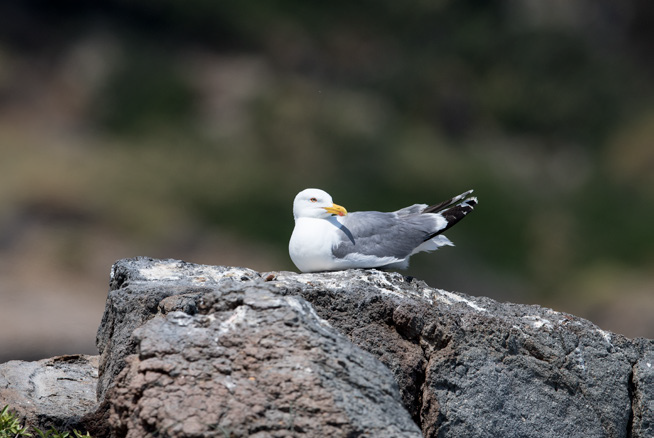
Yellow Legged Gull
(Larus michahellis)

Shorttoed Eagle
(Circeatus gallicus)

Black-necked Grebe
(Podiceps nigricollis)

Black-headed Gull
(Chroicocephalus ridibundus)
Required Materials
As opposed to popular belief, you don’t need a lot of equipment for bird watching. Basic equipment is binoculars, guidebook and notebook.
Binoculars
You need to adjust the aperture of your binoculars according to the distance between your eyes. When you go out for an observation, first off all, adjust the eyepieces separately so as to balance the sight of your both eyes. Note this adjustment by looking at the markings on the edge of the eyepieces for future observations. Determine to which direction the focus wheel is turning when looking for a nearby bird. After a while, you will spontaneously get used to determine it and it will help you focus on the birds you may see for a short time. If possible, create support by adhering your elbows and, if you are crouched down, knees to your chest. By this way, you will reduce the vibration of your binoculars to some degree. Before putting your binoculars on your eyes when trying to detect a bird, detect prominent points nearby with the naked eye. Do not try to look for birds with binoculars on your eyes. The ability to use binoculars to detect birds improves with more observation. Be patient. Seek help from experienced observers. Always be on your guard. Look at every movement around. Scan the fields, fences, trees, sea and sky with your binoculars. Be sure that you will see many bird species this way.
Guidebook
We can of course best learn about birds directly with our own eyes. However, guidebooks give us the opportunity to instantly verify the birds we see in the field. A guidebook containing descriptive information on species that can be confused with each other, especially in identification, is the greatest reference resource for birdwatchers.
Notebook
A notebook should be carried around for all observations and should be easy to use. A small and durable notebook is suitable. Details such as place, date, time, participants are primarily written in the notebook during the observation. The species and the numbers of each species observed during the trip are noted. We can also write in detail a sound that we see or hear for the first time. This helps us to learn the sounds and images of birds better, and also makes it easier to describe the birds that we cannot identify. If information about various behaviours of birds such as breeding and nest building can be obtained during observation, these can also be recorded in the notebook. You can obtain the information on how to take notes for difficult to identify species from www.kustr.org
What Does a Bird Watcher Do and What Doesn’t?
What Does a Bird Watcher Do and What Doesn’t? First of all, she/he adopts respecting the rights of birds as a principle. She/he avoids all activities that will stress and endanger the birds. She/he does not use methods (such as sound, tape) to attract birds. She/he stays away from breeding colonies, sensitive areas such as mass overnight areas and warns other observers not to enter. If she/he is involved in photography, she/he hides somewhere out of sight of birds or uses camouflage hiding tents, She/he does not announce to everyone when it finds the breeding places of rare and endangered birds. She/he does not leave the roads and paths as much as possible in order not to damage the natural life cover.

